|
We've been wanting to compile a big resource for you to find and support BIPOC Plant People for so long. As we dive in, even though we're mainly focused on the US, it becomes a deep rabbit hole. And why wouldn't it; there are so many amazing folks doing incredible things with plants that many of us have never even heard of before. Our nonprofit work providing herbal and botanical education reparations includes this work. "Plant People" encompasses so much: botanists, herbalists, farmers, product makers, teachers, authors, organization leaders, and more. Several folks (as many of us in the US) have ancestry from multiple regions, so we chose one. Though locations are listed for some, many have virtual offerings available across the world. Our hope is that we can try to heal some of the effects of oppression due to colonization, including the herbal and other plant knowledge that has been stolen and appropriated. You can help this mission by:
This is a huge task, which is why we haven't done it until now. So please know that this will be an ongoing and ever-evolving project.
NATIVE NORTH AMERICAN PLANT PEOPLE Bigwitch Indian Wisdom Initiative - Cherokee, NC - Traditional Food Pop-ups, Education, Herbal & Food Products Linda Black Elk - Educator, Herbalist, Ethnobotanist, Food Sovereignty Activist, Land Back work with Makoce Ikikcupi Dakota Land Recovery organization Cindi Quay - Cindi's Sacred Garden - Black Mountain, NC - Herbal Products, Herbal Education Mon Iker - Clinical Herbalist - Virtual Herbal Consultations (specializing in Trauma-Informed Care, Chronic Illness, Toxic Exposure) Lisa Bedner - Pipsissewa Herbs Greenhouse & Gardens- Bloomington Springs, TN - Education, Herbal Products, Books, Plants Susan Anderson - Native Naturals - Lamont, FL - Farm, Articles, Books, Education BLACK PLANT PEOPLE Quinnie Cook - Quinnie's Kitchen - Marietta, GA - Herbalist, Vegan Chef, Education, Spa Events, Forest Bathing Derek Haynes - The Chocolate Botanist - Botanical Education & Science Leah Penniman - Soul Fire Farm - Petersburg, NY - Farming Education, Land Liberation, Activism, Farming While Black book Lucretia Van Dyke - African American Herbalism book, readings, doula services Cheryl's Herbs - St. Louis, MO - in-store and online herbal products Alexis Nikole - The Black Forager - Foraging Education Ayo Ngozi - The Creative Root - Herbalist William Padilla-Brown - Mycosymbiotics -PA Asia Dorsey - Herbalist, Educator - Bone, Bugs, & Botany - CO Justin Robinson - Country Gentleman Cooks - Scientist, Ethnobotany - SC ASIAN PLANT PEOPLE Herb Folk Shop - Asian American Herbalism and Tea Jiling Lin -Acupuncturist & Herbalist - Ventura, CA Ava Chin - Eating Wildly Book LATINX/HISPANIC PLANT PEOPLE Brandon Ruiz - The Charolotte Herbal Accessibility Project - Charlotte, NC Patrisia Gonzales - Traditional Indian Medicine: American Indian Wellness Mimi Prunella Hernanadez - Herbalist - National Geographic Herbal - NC The Botanical Bus: Botanical Mobile Herb Clinic - CA Compton Health Bar - Compton, CA Felicia Cocotzin Ruiz - Kitchen Curandera - Phoenix, CA - Earth Medicines Book RESOURCES FOR LEARNING Woke Without the Work - This virtual workshop is for non-BIPOC herbalists who are wanting to incorporate anti-racist work in their practices. African American Herbalism: A Blog Series by Marc Williams, Ethnobiologist The Gullah Geechee Herbal Gathering - an annual BIPOC conference on Johns Island, SC Decolonizing Medicine: Ancestral Teachings Brought to the Forefront in Downtown Long Beach by Erin Foley Decolonizing Alternative Medicine: The Herbalism and Ecology of the African Diaspora by Priscilla Ward Decolonizing Alternative Medicine: Healing Communities with Indigenous Wisdom by Crystal Hoshaw We are the Sum of Our Ancestors: Decolonizing Herbalism by Toi Scott Water-Womb-Land Cosmologic: Protocols for Traditional Ecological Knowledge by Patrisia Gonzales Working the Roots: Over 400 years of Traditional African American Healing by Michelle E. Lee A Healing Grove: African Tree Remedies and Rituals for Body and Spirit by Stephanie Rose Bird Folk Wisdom and Mother Wit: John Lee—An African American Herbal Healer by Arvilla Payne-Jackson and John Lee The Man Who Talks with the Flowers: The Intimate Life Story of Dr. George Washington Carver by Glen Clark Soul Food Genius - "A 6-Week Virutal Course catering to the African Diaspora by centering our culinary, nutritional, and spiritual innovations" by Asia Dorsey & Justin Robinson
0 Comments
I’m so excited to share that I was finally able to talk to one of my heroes and sources of inspiration after years of email correspondence! For both Linda and me, herbal remedies and wild foods have been an integral part of repairing broken relationships with plants and people, especially the violent extraction and suppression of Indigenous knowledge. Linda talks about what it was and is like for Indigenous peoples to access the wild foods they need, and how we can move toward more ethical and sustainable foraging.
She encourages us to leave that which is threatened or overharvested for the Indigenous people that need those foods. She also suggests finding more sustainable alternatives to threatened herbs, or growing them ourselves. There are so many herbs out there that often get overlooked for the popular and trendy herbs, like white sage, that have their own special qualities. You may find a deeper connection with an herb you’ve been overlooking, or find a missed connection by cultivating and preparing your own remedies.
Linda also stresses the need to bear not only the people but the plants themselves in mind when foraging: “It’s up to you to develop a relationship with every plant you harvest and learn their preferences."
As foragers, it’s important for us to pay attention to the plants that are threatened or overharvested and leave them behind. But, it’s equally important that we know how to harvest plants sustainably. Should we pull them up from the root? Should we only take a few leaves? How can we leave the greatest positive impact when we take from the Earth?
Linda also talks about her work in creating food kits for elders and aiding to reclaim stolen land. “The only justice for land stolen is land back.”
You can learn more about her land recovery work and how you can get involved at www.MakoceIkikcupi.com.
Lastly, we couldn’t end the podcast without talking about Dandelions, a beautiful and nutritious plant that is actually native to North America! See Linda’s recipe below for a tangy, spicy, and sweet sauce recipe. She is also an amazing resource for home fermentation! If you want to watch our discussion on fermentation, join our Patreon for bonus content. In this discussion, Linda shares her basic personal brine recipe and how to create a daily personal fermentation ritual to make wild food preservation a part of your life and your kitchen. Try Linda’s Spicy Dandelion Greens Sauce recipe: Ingredients:
Mix the rest of the ingredients in a separate bowl. Pour this sauce over the blanched greens and mix well to cover. Linda’s Bio: Linda Black Elk is an ethnobotanist and food sovereignty activist specializing in teaching about culturally important plants and their uses as food and medicine. She is eternally grateful for the intergenerational knowledge of elders and other knowledge holders, who have shared their understandings of the world with her, and she has dedicated her life to giving back to these peoples and their communities. Linda works to build ways of thinking that will promote and protect food sovereignty, traditional plant knowledge, and environmental quality as an extension of her work as a gardener, forager, fisher, hunter, and gatherer. Linda and her family have also been spearheading a grassroots effort to provide organic, traditional, shelf-stable food and traditional Indigenous medicines to elders and others in need. Thus far, they have fed and healed thousands of people. She has written numerous articles, book chapters, and papers, and is the author of “Watoto Unyutapi”, a field guide to edible wild plants of the Dakota people. Linda proudly serves as the Food Sovereignty Coordinator at United Tribes Technical College in Bismarck, North Dakota, where she passes ethnobotanical and food systems knowledge on to her amazing students. She also sits on the board of Makoce Ikikcupi, a Reparative Justice project on Dakota lands in Minnesota. When she isn’t teaching, Linda spends her time foraging, hiking, hunting, and fishing on the prairies and waters of the northern Great Plains with her husband and three sons, who are all members of the Oceti Sakowin, the Seven Council Fires of the Lakota. You can learn more about Linda’s work and check out some of the resources she mentioned in the podcast at: TikTok American Indian College Fund Makoce Ikikcupi (Land Recovery): A project of reparative justice Abby owned her own tea company for 5 years. She started that business to learn more about plants. Part of the reason she ended the business was because she didn't have a direct connection with the plants after ordering the bulk herbs from all over the world. Now she wildcrafts and grows her herbs. It's easy to get frustrated when first making your own tea blends. Blending tea is truly an art! Students in Wildcrafted Herb School learned to do this during their first weekend. Here are a few tips they learned to make it easy for you to make a delicious, nourishing cup of herbal tea: -The biggest mistake new herbalists make is adding too many herbs to their blends. That just dilutes the power of each herb. Start off with simples-one herb at a time-and get to know the taste and feel of that herb in your body. Then make a blend of just a few. Abby likes tea blends with just 3 herbs when possible. -To keep the number of herbs in the blend low, choose herbs that have multiple benefits that you're looking for. For example, catnip is antiinflammatory and supports the digestive system. -Make blends with just hard parts (roots and twigs) or just soft parts (leaves and flowers) of herbs. Then you only need to make a decoction or an infusion, not both. Find out more about what these terms mean in Abby's book The Herbal Handbook for Homesteaders. -Make a small batch of your tea blend first. Try it a few times and make sure you like it. Then make a larger batch that you keep in a jar(s) in your kitchen so it's always on hand when you want it. Be sure to write down your recipe so you can easily make more or tweak it as needed. -Last, but possibly most importantly: Make your tea blends taste good! This is more important than you think. If they don't taste good, you won't want to drink them. Did you try it? How'd it go? What are your favorite blends? Let us know in the comments! Reposted from 2017 Valentine's Day has been a cause of much frustration in my life throughout my single years. All the hype, all the pressure to be partnered up or buy sugar-packed goodies and a million other things. There are so many different stories about how the day came about, including one I just read of how it was a pagan fertility celebration, woah! Over the years, I have worked to give Valentine's Day a more positive twist by making it more generally about love in all its glory and magic, and now, especially about self-love. It's not selfish to love yourself, take care of yourself, and to make your happiness a priority. It's necessary. -Mandy Hale Here's some interesting history to blow your mind a little, "According to the legend, [St.] Valentine crushed the violet blossoms growing outside his cell to make precious ink with which to write, on the leaves, to his friends while an obliging dove delivered the notes. It is also said that Valentine maintained a remarkable epistolary relationship with his jailer's blind daughter to whom he wrote daily and cured of her ailment. "St. Valentine was executed on 14 February 269 A.D. His demise coincided with the pagan festivals of Lupercalia held in honor of the goddess Juno, who favored women and marriage. From there on, this late winter festival was associated with romantic love, fertility rites and the coming of spring. Violets, linked to faithfulness or the 'I return your love' sentiment, remained a symbol as well as a popular offering between lovers." -http://americanvioletsociety.org/HistoryTraditions/Saint_Valentine.htm Some say that violets were the first Valentine's flower because of their heart-shaped leaves. Too bad they don't bloom until April! So, more on them later. Anyway, back to self-love... February is a perfect time for it. Many folks, myself included, complain about winter, the cold and sluggishness it produces. If we were really connected to the Earth and ourselves, we would realize that winter is custom made for turning inward and rejuvenation. Just like the plants go dormant, a little dormancy could do us all good. It is a time of yin nourishing, quiet, darkness, and reflection. It is a time to rebuild our energy and recuperate from the hustle and bustle of the rest of the year. This will provide us with energy when we need it again, during the yang or active times, coming up sooner than you'll believe possible. My request to you for this day is to figure out how you can carve out time for self-love every day, and make a special self-love date with yourself every week. For me, this manifests in lots of different ways. It's through my morning yoga and meditation practice, but also through loving myself if I can't get out of bed some days to make it happen. My biggest self-love practice is my daily hike, time in the forest to reconnect. Sometimes I'll go with friends, because I've realized as an (mostly) extrovert and entrepreneur (aka working at home alone a lot), I need to be surrounded by others. Though there's days, usually after teaching, when my introvert self kicks in, that I need solo hikes. Also taking care of my body is super important for my self-care, like taking elderberry syrup and wild mushroom tincture daily. (You can find my blends here.) My self-love dates can consist of a wide variety of activities. Sometimes they're letting myself take a nap, read in bed, or watching a guilty pleasure movie (without guilt). Sometimes it's going on an extra long hike and taking extra time to explore a path I've never been down before. Other times it's taking myself out to lunch or just working from a coffeeshop and treating myself to something special, or a dinner date in town with a friend at an Ethiopian restaurant or whatever I'm craving. And of course, how can you have self-love without chocolate????!!!! Did you know that cacao (raw chocolate from the chocolate plant) is the highest antioxidant food in the world? Unfortunately, by adding a bunch of sugar to it, it kind of cancels out the health-supporting properties. So, because I love you so much, I wanted to give you a healthy, yet scrumptious chocolate recipe from my recent Herbs as Food workshop. Self-Love Fudge ⅛ cup hemlock, spruce, pine, or fir needles + some for garnish ⅛ cup sumac berries + some for garnish 2 cups cocoa powder (or ground cacao) 6-8 ounces coconut oil 2 teaspoons vanilla extract ½ cup maple syrup, or to taste Directions: Finely grind evergreen needles and sumac berries (except the garnish) in coffee grinder. Make sure the seeds in the berries are fully ground. Mix sumac and evergreen mixture with cocoa powder in a food processor. Mix coconut oil, vanilla, and maple syrup, and blend with dry ingredients in food processor, while running (this is important to help the ingredients emulsify) until it holds together, no longer crumbly, but not too oily. Blend until smooth. I pour this into a 6.5x4.5 tupperware and it makes 12 small pieces, 1 inch deep. You could use a 9x5 inch pan and ½ inch deep, or use a loaf pan. Press garnish into top of fudge. Refrigerate until fudge is set and hard.
Well we finally did it! A second season! Thanks for staying with us through these crazy years and welcome if you're new here. We're excited to have this opportunity to continue to share stories of our favorite wanderers, foragers, and wildcrafters around the world. And speaking of our favorites, world renowned Naturalist, Herbalist, and Storyteller Doug Elliott definitely makes the list.
I (Abby) am honored to call Doug one of my teachers, meeting several years ago at one of the conferences or gatherings where we were both teaching. He's a pleasure to know, always with a unique song or story to share about the life around him. We recorded this episode in his awe-inspiring home, full to the brim with food and herbs stored in handmade baskets from his own hands. The food has been grown and foraged by Doug and his family on and around the land they have lived on for years in the Appalachian Mountains of rural western North Carolina.
Doug tells us about the first plant he ever learned to forage, wood sorrel, and what he later learned about it from a Chippewa Cree friend. He goes on to share about one of his favorite plants, dandelion, of which he calls, ". . . one of the most nutritious plants you can grow," along with the meaning behind its French translations, and its edible and herbal benefits. Make sure to stick around through the end of the episode to hear Doug's song "Dandelions" from his album Bound for Carolina.
"We're not really raised in a culture where every being that shares the Earth with us is known and assumed to have a story or a teaching or a lesson . . . but it kinda reminds us . . . if you just figure out what your questions are, open your heart, squinch your eye, whatever it takes to realize that probably the answer to every question we have is here within the miracle of creation that we're a part of."
Get a flavorful taste of Doug's storytelling in the stories of the VW bus he drove around from one country fair to the next with his herbs drying in the back, the death-defying time he and a friend harvested a tulip poplar tree (along with my knowledge and experience of the tree's medicinal benefits), our discussion of the merits of foraging garden weeds, one of Doug's favorite mushrooms to forage, how Doug found his own paw paw patch, and his recommendations of how to raise children with nature connection.
Phew that was a lot! It's hard to believe we fit it all into this podcast! Thanks so much for listening. Please check out the links below to connect with Doug. If you'd like to help us continue making this podcast and want to get ongoing botanical edcuation and bonuses, like Doug's Creasy Greens song, join our plant-loving community on Patreon. We're also looking for sponsors so we can produce more episodes of this awesome podcast. Email us for more details. Doug's Bio: Doug Elliott is a naturalist, herbalist, storyteller, basket maker, back-country guide, philosopher, and harmonica wizard. For many years made his living as a traveling herbalist, gathering and selling herbs, teas, and remedies. He has spent a great deal of time with traditional country folk and Indigenous people, learning their stories, folklore and traditional ways of relating to the natural world. In recent years he has performed and presented programs at festivals, museums, botanical gardens, nature centers and schools from Canada to the Caribbean. He has been a featured storyteller at the National Storytelling Festival. Read the rest of Doug's extensive bio. Links: Connect with Doug on his website Get his album Bound for Carolina where you can find the Dandelion song Todd Elliott's book Mushrooms of the Southeast
What a delicious treat to host Monica Wilde in this episode of Wander, Forage & Wildcraft! She tells us about her introduction to herbalism and foraging, motivations behind starting her “Year on the Wild Food Diet” where she lives in Scotland, and how her views on foraging have changed since starting the diet. She also gives us mouth watering recipe ideas, tips on learning to forage, and how to practice reciprocity through environmental stewardship.
Both Monica and I share the idea of foraging as a community activity. Processing, in particular, allows us to interact with each other by sharing stories or discussing the state of our planet, rather than using that time for passive forms of entertainment.
Talking about the bigger mission behind starting the ‘Year on the Wild Food Diet’ Monica says that her aim is to talk to people about climate change and our relationship with the land. She stresses the need for people to reclaim their power and stop the desecration and pollution of the Earth.
"What we do to the outer ecology is going to impact the inner ecology."
Throughout her journey Monica has realized that nature demands we have a more diverse diet. She goes on to explain:
"Nature lets us overdose when she knows that she is gonna then take it away. The trouble is now that because we have food in the shops and there are no breaks on the mechanism at all we are able to overdose on things in a way that we were never able to before because it would be gone."
If you like the podcast, please consider supporting it, by becoming a patron on Patreon and get Monica's bonus interview about the fascinating research she did throughout the year testing how her microbiome changed on the Wild Food Diet, along with other exclusive content.
Big apologies for the gap in podcast episodes! I (Abby) have been recovering from some back issues and focusing on getting back to good health so I can do more of this important work. Thanks for your support to make it continue to happen!
Enjoy Monica's Wild Recipe!
Dandelion and Burdock Gnocchi (Serves 4 - makes around 24 gnocchi) Ingredients
Scrub the dandelion and burdock roots. The burdock may need to be peeled. Steam the roots until soft. Then mash with a fork or put into a food processor. Mix the flour, salt and pepper dulse powder and make a well in the middle to put the egg yolk in. Now mix in from the edges and stir in the mashed roots. Once mixed, knead until you have a stiff but still fluffy dough. Break off small pieces and roll them into gnocchi balls. Then press down lightly with a fork to indent them – it helps the sauce to stick to them! Put the completed ones on a floured surface so they don’t stick. Half fill a saucepan with water, and a pinch of salt, and bring to the boil. Once boiling, slide in the gnocchi and cook for 4-5 minutes. Remove with a slotted spoon. Heat a little olive oil in a frying pan. Once hot, fry the drained gnocchi for 4-5 minutes, turning regularly until they are slightly browned. Toss the gnocchi with a little oil and shave a truffle over it and serve. Or add a sauce or put into a bake.
Monica’s Bio:
Monica is a forager, research herbalist and ethnobotanist. She lives in West Lothian, Scotland, in a self-built wooden house on 4 organic acres where she is encouraging medicinal and foraging species to make their home, creating a wild, teaching garden. She has a Masters degree in Herbal Medicine from the University of Central Lancashire, with a special focus on beneficial drug, herb and micronutrient interactions. Since then she has immersed herself in researching herbal and integrative medicine treatment of infectious diseases, with a focus on Lyme disease and other tick-borne stealth infections. Monica is a Fellow of the Linnean Society, a Member of the British Mycological Society and a Member of the International Lyme and Associated Diseases Society (ILADS). She also teaches foraging and herbal medicine courses, with the aim of “Restoring Vital Connection.” Her book The Wilderness Cure, which follows her journey on the wild food diet will be published this year. You can find out more about Monica and the services she offers at monicawilde.com or on the following platforms: Tis the season . . . for earaches. Thankfully, our fuzzy friend, mullein, is here to be our herbal superhero!
There are lots of causes of earaches and, luckily, one simple solution! Although, disclaimer: herbalism is always a holisitic science. We need to look at the whole person, what else is going on in our lives and bodies, realize there are some causes that may need a bigger or different fix, and every herb works a little differently for every person. But mullein can do a heck of a lot for a heck of a lot of conditions and people! Sometimes you can still find mullein alive and green this time of year, in little pockets of warm microclimates or warmer regions. I've found it growing and green through the coldest part of the year in some lucky years. Verbascum thapsus (mullein's botanical name) has a ton of medicinal benefits, especially the leaves, including being an expectorant and demulcent (moisturizing soother) for lung conditions, in tea, tincture, cough syrup, or when smoked (more expectorant than soothing this way). I've also had good success with taking the tincture of the root for sciatic pain. Today, though we're talking about soothing aches and infections in the ears. I usually employ the leaves for this, because they're easier to find during more of the year. Though you'll often find recipes for ear oil with the flowers, either works fine in my opinion. If you can't find mullein this time of year, your local health food store or herb grower will often have some for sale. The plant is unmistakeable, with its tall second year torch-like stalks (you can actually make candles, called hag tapers, from these), and up to two foot long leaves. I harvest the leaves close to the bottom of the plant that aren't laying on the ground, so they're not covered in dirt, or the flowers whenever they're open. I like to at least partially dry the plant material before I make an oil, depending on how I'm making it. The drier the plant, the less likely it will be to cause mold in the oil (though I'll tell you a special Herbalist's secret for preserving oils if you join us for the Herbal Home Remedies virtual course). The reason mullein is so great for ear oil is because it's supposedly antibacterial and antiviral, along with a soothing emollient, lymphatic (moving the lymph that can cause infection), and anti-inflammatory. Mullein is also super safe for just about everyone, including children, and the warm oil feels super nice in an achy ear. Super Simple Mullein Garlic Ear Oil Ingredients: 4 ounces olive oil 1 rounded tablespoon mullein leaves or flowers 1 clove garlic Heat the oil in a skillet over low to medium low heat. Most importantly, we don't want to burn the oil or cook the ingredients, just warm them enough to infuse the herbs. Once the oil is warm, add the mullein and garlic. Very lightly sauté for 2-5 minutes, just about a minute past when you can smell the garlic cooking. Strain the oil through a fine cloth into a dropper bottle. You can use the oil warm, or warm it slightly before use. Be sure, especially before applying to children's ears, that the oil isn't hot. Add a few drops in the infected ear, preferably while lying on side, and wait a few minutes for the oil to enter the ear canal while massaging around the ear. Wipe off any excess from the outer ear. Use as needed, or several times a day, for pain and infection. If pain persists, make sure to see a health practitioner. This oil may not last very long without a preservative; refrigerating it can extend the life a bit longer. Want to learn the more technical and in-depth ways to make your own herbal oils and the secret natural ingredient for preserving them? Join us for the Make Your Own Herbal Home Remedies Virtual Course, where you'll also get to learn to make teas, tinctures, salves, and tonics (herbs as food), starting January 6th! OR get the course FREE when you join Wildcrafted Herb School. If you try the recipe, or have any questions, let us know in the comments. Wishing you happy ears in the new year! It's Okay to be a Little Bitter for the Holidays: Give Yourself the Gift of Good Digestion12/23/2021 The holidays aren't always merry, especially if your digestion heads into a tailspin. Can you relate to that binging of all the tasty things over the holidays, that leads to the bloating, bellyaches (or worse), fatigue, and crankiness after the holidays?
This year can be different! Our gifts to you are these digestive life preservers. There are a few options to prepare yourself for holiday eating and drinking. Obviously we can advise you not to overdo it, parktake and imbibe in moderation, but how many times does that actually work? Here are some pre-indulging tips: Take your Bitters! Bitter herbs are like a gentle wake-up call to the digestive system, that says, "Get Ready." They get the bile flowing and can be especially helpful in digesting richer, heavier, food, including sugar, meats, and fats. Some favorites are the bitter inulin-containg roots: dandelion, burdock, and chicory. These are also great liver tonics and contain inulin, which acts as a prebiotic, or a food for the probiotics in our guts. It also helps balance the blood sugar. All of these benefits are helpful with those decadent holiday meals. There are lots of bitter herbs. They can be made into tea or tincture or cocktails, or support a local herbalist and get their bitters blend. Try some enzymes. Though we have naturally occuring enzymes in our body, sometimes they need a little boost when there's a heavier than usual load of harder to digest foods. Add a little pineapple or papaya to your meal, or take some digestive enzymes. These can be taken with or after a meal. Eat those ferments! Fermented foods are chock full of probiotics and enzymes, too. Add a little fermented veggies, kraut, kimchi, miso, or yogurt to your meal. Some other simple digestive tips to try during your meal:
What if you end up feeling bloated and stomach achy after eating? Here are some post indulging tips: More bitters Bitters work well after meals, too. (Check out Meadowlark Farms Roasted Roots Coffee Alternative created by the owner, Jennifer Galbraith who was on Episode 12 of our Wander, Forage, & Wildcraft Podcast.) If you're bitter averse, add a little honey or maple syrup to your bitter tea, and maybe milk, to make it more tasty. Make a nice cup of tea! Traditional and non-traditional chai have belly-soothing herbs, called carminatives in herbalism. If you want to make your own, check out our YouTube video, How to Make the Perfect Cup of Chai Herbal Tea. You can also add bitter herbs to your chai to get a double shot of belly kindness. (We love the Adapt to the Day Herbal Coffee Blend from our friends at Sister of Mother Earth.) Another option is to make a tea of one or two of the chai/carminative herbs. I like fresh ginger root tea with a little lime or lemon and honey. Chewing on or making tea from some fennel seeds can be great for bloating and gas. And of course the old standbys like any of the mints, lemon balm, and chamomile still work great, too. Take your supplements. If you find your digestion reeling after the holidays, light simple to digest foods, combined with a couple of supplements, can be helpful. Adding extra probiotics to your diet can give you a temporary boost while your body needs it to bring your digestion back into balance. Experiment with different supplements and dosages to find what works best for you. Starting slow is usually a good idea. And they make probiotic supplements now that don't have to be refrigerated, which can make life easier. Try some triphala. Triphala is a blend of Ayurvedic (Indian) herbs that is know to be cleansing and helpful for constipation. Start slow and experiment with taking them before bed or first thing in the morning. All of us at The WANDER School want to wish you a very happy, healthy, and delicious holiday season during whatever you choose to or not to celebrate! We appreciate you so very much! Want to learn to make your own herbal blends (teas, tinctures and more)? Join us for Make Your Own Herbal Home Remedies Virtual Course starting January 6! Or get the course FREE when your register for Wildcrafted Herb School, plus a $500 discount on tuition before January 1 (payment plans available). Are you a book addict like me?
I have a little bit of a problem. But I'm trying to learn to contain myself because I'm realizing you have to dust all those books : ) Due to my ever-growing library, it was tough to pick just 10 to mention here. People often ask me what Herbal Medicine Making books I recommend for them to start with. These are what I narrowed it down to. * Make sure to read all the way to the end for a super exciting announcement about opportunities to learn Herbal Medicine Making at home and in-person! * 1. Making Plant Medicine by Richo Cech This is hands-down my most used herbal medicine making book! It's actually lost its back cover from such frequent use. I love the way it's organized, with the front half or so of the book with instructions on how to make medicines, including options for the folk methods (aka easier for those of us who are math avoidant) and the more scientific mathematical methods. The second half is a Materia Medica of herbs. If you're not familiar with that term, it's kind of like an encyclopedia for herbs, with parts used, types of medicine they work well in, guidelines on making the medicine, and dosage recommendations. This book is always within reach when I'm making medicine or researching. Richo also founded and runs Strictly Medicinal Seeds, one of my top choices for herb seed, and is one of the most enjoyable people you'll ever meet! A note about buying books: Please please, for the love of all authors, buy your books direct from the author whenever that option is available! The author usually makes at least 5 times more profit that way! And believe me, writing a book is a heck of a lot of work and almost no one has gotten rich selling a book. Support authors! 2. The Herbal Handbook for Homesteaders: Farmed & Foraged Herbal Remedies & Recipes by Abby Artemisia (aka me) Okay, for humility's sake I listed my own book second. I didn't list it just as a gratuitous plug for myself. I have been told by many herb school owners that they recommend it to their students and are thinking of offering it as a textbook for their courses because of the ease of use. The book is a combination of my last decade of teaching herbal medcine making, along with tips on how to forage sustainably, growing the herbs, how to make many different fomulas (in a super accessible way), with materia medica at the end of each chapter. I also included plenty of my favorite recipes. And bonus: if you order it from me, I'll sign it for you! 3. The Herbal Medicine Maker's Handbook by James Green This is a large book, jam-packed with information. It gets pretty technical at times, which can be helpful sometimes. It also explains how to make percolation tinctures (a tincture you can make quickly). Overall, a good one to have on the bookshelf if you see herbalism being a lifelong study. 4. Herb Contraindications & Drug Interactions by Francis Brinker This is a great reference, especially if you're thinking about making medicinal formulas for other people. It's pretty much what it says, and includes specific conditions, herb effects, medications, and nutritional supplements. I often double check what I'm looking for online as a backup, but the book is a good starting place and easy to grab off the shelf when I need it. 5. The Gift of Healing Herbs: Plant Medicines and Home Remedies for a Vibrantly Healthy Life by Robin Rose Bennett Ever since I roomed next door to Robin Rose at the Midwest Women's Herbal Conference, where we both taught years ago, I have admired her youthful, fun-loving nature, plant communication skills, and sweet teaching style. This book has more than 180 recipes included and over 500 pages! I like that the second part of the book is divided up by systems of the body, with several main herbs discussed for each system. Part 3, entitled "Everything is Medicine," focuses on kitchen medicine, super helpful! Her recipes like Rose Vanilla Bean Honey draw you in. 6. Rosemary Gladstar's Family Herbal (new title: Rosemary Gladstar's Herbal Recipes for Vibrant Health) by Rosemary Gladstar I feel like any human who has met, seen, or heard Rosemary (considered by many (including me), as the Grandmother of Herbalism) love her. She is like an incredibly knowledgeable herbal fairy godmother. This book is full of gorgeous plant pictures and plenty of helpful information for budding Herbalists (ha!). It makes a great gift. It has chapters on stress & anxiety, recipes for radiant beauty, and separate chapters for children, women, men, and elders (unlike many books), along with a materia medica. 7. Healing Tonics: 101 Herbal Concoctions to Increase Energy, Boost Immunity, Enhance Memory, Ease Digestions, and Support Daily Health and Wellness by Jeanine Pollak Published back in 2000, this was one of my first herbal books. It's small and super accessible. The whimsically named recipes, like Garden of Eden Elixir, are enticing and delicious. There are recipes by many different herbalists, with a sidebar mini biography on each. The herbs are mostly easy to find at your local health food store. It's a good way to learn while enjoying food as medicine. 8. Herbal Medicine from the Heart of the Earth by Dr. Sharol Marie Tilgner Admittedly, this is a newer book in my library, so I'm still exploring it. It's a big book, with the first part being materia medica, the second is herbal formauls by body system, a bit on dosages, and another on how to make herbal preparations with plenty of recipes included. It seems a helpful guide for the herbalist who wants to delve deep. 9. Body Into Balance: An Herbal Guide to Holistic Self-Care by Maria Noël Groves I had the pleasure of vending next to the author a few years ago at the Great Lakes Herb Faire. I have to say she impresses me with her immense knowledge and all she does. This is another new book to my library that I'm looking forward to diving into. I love that she includes forest bathing, breathing, meditation, and cultivating optimisim in her Foundations of Good Health section. She starts off with the basics we all need, like relaxation, digestion and elimination, mood, and sleep. Then, she goes deeper into the body systems, including materia medica for each. She closes with a section on buying and harvesting herbs and DIY herbal remedies. It's also a beautiful book! 10. Herbal Materia Medica by Michael Moore The copy I have was gifted to me and I'm actually not sure you can find it in print anymore (let me know if you do find it). But you can find the pdf for free here. You can also check the website for all of Michael Moore's writings (be aware, it's not super user friendly). Michael Moore was the teacher of many of today's teachers. Though he has passesd, his leagacy lives on through his teachings. This manual provides a (super) short and succinct guide to the numbers part of making mostly tinctures (along with some other formulas here and there) and dosage. It's useful to have handy. I'm thinking of having several of these articles on herbal books and dividing them by topic, like books on mushrooms, field or foraging guides, etc. What would you want to see? Are some of your favorites not on this list? Share 'em in the comments! Want to learn more about Herbal Medicine Making with virtual demos from the comfort of your home or in-person? We created these learning opportunities just for you: Winter Herbal Medicine Pay-What-You-Can Virtual Class November 18, 6 PM EST Be prepared this winter for health challenges! Let's beef up our immune systems, so we can avoid viruses and infections. And just in case you do happen to fall sick, learn how to make and utilize herbal remedies to have in your herbal medicine cabinet to make self, family, and community care easy. Make Your Own Herbal Home Remedies Virtual Course Thursdays in January, 6 PM EST Start the new year off right, with a healthier you! This is your year! Throw resolutions out the window and turn intentions into practice. Take the first steps to becoming your own Herbalist. Be able to help your loved ones and your community. Classes include Making Your Own Herbal Teas, Tinctures, Oils & Salves, and Herbs as Food. Wildcrafted Herb School Second Fridays & Saturdays, April - November This is a DIFFERENT kind of herb school. We pride ourselves on that. In this program you will truly learn the Wild Craft of Herbalism. We believe that the best medicine for our bodies is already available in the plants that grow in the same habitat that we live in, and have adapted to the same environmental issues. Join us for this brand new program at the home of The WANDER School, on the edge of Pisgah National Forest on the river in Burnsville, NC. We'll learn Botany, Foraging, Wild Food Cooking, Wild Plant Crafts, Herbal Medicine Making, Native American Herbal & Tradional Food Knowledge (including the importance of Acknowledgement & Reciprocity), Creating Formulas for our Communities & Loved Ones, Herb Gardening, and much much more! Get all the details and reserve your spot. This is a very special episode! I (Abby) had the honor to interview my Granny, Amy Walker. She tells us about her parents, and what it was like growing up with a Sioux herbal medicine man father and Cherokee mother who she went with to harvest the herbs for her dad. And later what it was like when her father died while her mother was pregnant with her 8th child. Amy tells us how they supported themselves through the knowledge, skills, and crafts they had. ". . . once we know that we have value, then we can be rooted like those plants: we can take our stand in our truth and grow from there . . . . That gift belongs to you, and you nurture it, and you make it worth something." Amy learned farming when she was growing up, too. Now she farms at the Mother Town, She talks about feeling like a tumbleweed, going wherever the wind was blowing, until she was 45 and started learning her Cherokee culture. I think thats what much of the American culture is feeling. I feel so grateful Granny is willing to teach what she's learned to help us find our roots, like the plants. The Bigwitch Indian Cooperative is just being created. Tyson Sampson (see Episode 13) and I are creating the Herb & Heritage Crop School part of the organization, in which Amy and other members of the Eastern Band of Cherokee will be teaching. Check out the upcoming classes here. 10/3/21 Preserving the Harvest 10/10/21 Bark, Twig, & Branch Medicine 10/17/21 Roots + Nuts = Herbs & Food "To me, one of the most important things that's so important is to have a way of gathering and feeding ourselves from the land, because we are of the land. We are the land." If you like the podcast, please consider supporting it, by becoming a patron on Patreon (for as little as 5 bucks a month), and get Amy's bonus interview all about sustainable ramp and sochan foraging and wild and culitivated food preservation. Want to donate to support the creation of the Bigwitch Indian Cooperative? Send it on PayPal below. Just click the button and select Bigwitch Indian Cooperative on the dropdown menu. Amy's Bio: Amy Walker is a tribal elder from the Eastern Band of Cherokee Indians. Her mother was Cherokee, and her father was Lakota from the Rosebud Reservation. Her father, who prior to attending boarding school was known as Lone Wolf, passed away when Amy was 10 years old. Amy’s mother, who also attended boarding school, raised eight children on her own. Amy’s life has been committed to breaking the cycle of fragmentation from her traditions. She dedicates herself to healing through a daily prayer practice to Creator, as well as ensuring that her children and grandchildren are learning the Cherokee language. Amy is also a strong advocate for nature, and has been an active voice in protecting the rights of endangered bears. Doesn't this scene look delightful, like somewhere you'd like to go play? If you said no, you're probably experiencing hay fever like a lot of other folks. Allergies happen when something foreign enters the body, and the body sees it as a threat and overreacts. So what do we do about it? Well, every herbalist seems to have their own strategy. I'll give you mine from the benefit of my years of experience as my own guinea pig. First, make some changes. This can be the toughest part, but also make the longest lasting difference. #1 Cut out (or decrease as much as you can) dairy and sugar. These can create more mucus and knock down the immune system. #2 Drink more water or tea. Drinking more liquids can help wash the pollen away and thin the mucus. #3 More sleep and stress-reducing techniques. This seems pretty obvious, but is sometimes the hardest one to accomplish. More rest and less stress = more normal body functioning. #4 Add some color to your diet. Eating brightly colored fruit and veggies will beef up your immune system with anti-oxidants and anti-inflammatories to help stop the swelling of the mucus membranes and the histamine production. Dark leafy greens offer all these, plus the bitter taste can help your liver process more efficiently. You can also supplement with extra Vitamin C. The unsweetened powdered vitamin C is great. Since it's water soluble in our bodies, it's tough to get too much. Start with 1,000mg/day. You can keep adding more, until you find what works, or you start to have loose stools. Some other supplements you can add, include probiotics and enzymes. These will help get your digestion in shape, so it doesn't attack things that aren't a threat. I don't usually recommend products (and definitely am not getting paid for it), but I like PB8 for a probiotic. It doesn't need to be refrigerated, so can be easier to travel with and remember to take. Just remember, they're usually best taken between meals. There's a supplement from Solaray that I like called QBC Plex. It contains quercetin, a bioflavonoid and anti-histamine, and bromelain, an enzyme from pineapple, plus Vitamin C. Give your sinuses a rinse. You can wash the pollen away by using a neti pot with some salt water. If you want an easier option, try a saline spray or an herbal steam with thyme, bergamot (Monarda fistulosa), or bee balm (Monarda didyma). Create an herbal steam by boiling a cup or so of water in a large pot. Then turn off the heat, add the herbs, and steep covered for about 5 minutes. Then put your head over the pot (on a table at a comfortable height) and cover both with a towel. Breathe the vapors for as long as you can. You can also add a few drops of essential oils, like eucalyptus or mint. You can also reuse this, adding a few more drops essential oil, throughout the day. Eat local honey and bee pollen. Some people believe this is like giving your body a natural vaccine. You're taking in small amounts of the local pollen to stimulate your body's defenses slowly and gently, and create immunity. If you choose pollen, start very slowly, like a few grains a day, and work your way up to as much as a teaspoon. You want to make sure the pollen or honey is super local, so you're being exposed to the same pollen causing your allergies. This works best if you start at least a month before the allergy season. Try some natural antihistamines. One that I've had great luck with is a mixture of honey, fenugreek seeds, and black pepper. Soak a few tablespoons of the seeds in a little water overnight. Then take about a half teaspoon of honey, and mix it with 1/4 teaspoon of seeds, and a dash of pepper. Put the extra seeds in the fridge for later, and eat this combo as needed. Get spicy. My friend, Melissa, swears by fire cider for allergy symptoms. Fire cider is a combination of herbs infused in apple cider vinegar. Check out my recipe for my homemade Fire Tonic in my book, The Herbal Handbook for Homesteaders. You can add any herbs you want, but onions and garlic are high in sulphur, a histamine blocker. The peppers are high in anti-oxidants and anti-inflammatories, as are turmeric and ginger (if you choose to add them). Take a shot of cider as needed. 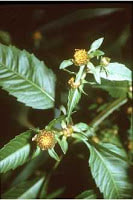 Some of my favorite herbs for allergies: Nettles (Urtica dioica, pictured above) These reduce histamine production. They're a great one to grow, but watch out for the stinging hairs! This is not the wood nettle (Laportea canadensis) that seems to grow more commonly in many parts of the eastern US. However, some people believe, because they're related, their effects are similar. Some say it works better if freeze dried, but I usually take it as a tincture, although the tea has seemed to help, too. Ground Ivy (Glechoma hederacea) This low-growing ground cover in the mint family is an awesome decongestant and great for sinus pressure. Tea or tincture works great, but the taste can be strong, so you can mix it with other mints, etc. Eyebright (Euphrasia officinalis) This herb is helpful for eye and sinus inflammation. I like it for the symptoms of itchy, watery eyes that accompany allergies (and for pink eye). Spanish Needles or Beggar's Tick (Bidens spp.) There are several similar related species of this unassuming little plant, sometimes with more white or yellow petals. I like to add it to allergy tincture formulas for its antihistamine action. Red Clover (Trifolium pratense) This lovely flower often grows abundantly and is high in minerals. It also helps to clear mucus. Mullein (Verbascum thapsus) The wooly leaves of mullein are a great demulcent, or a soother for the mucus membranes. They also have some expectorant action in the body. Some people like to strain this through fine mesh because of the little hairs, other people don't seem to be bothered by them. Burdock (Arctium spp.) This plant's root, favored in Asian cooking and bitters recipes, is a fantastic liver toner. Tincture it or you can lightly dry roast it for a nice roasted tea. Goldenrod (Solidago spp.) The sunny star of autumn, the prolific goldenrod, with many species far and wide is a wonderful antihistamine, decongestant, and anti-inflammatory. Find out more in the blog all about it. Check out the recipe for my Allergy Away Tincture, including these herbs, in The Herbal Handbook for Homesteaders. Now on to just a teeny bit of woo woo. I really do believe that every ailment has emotional, spiritual, and psychological aspects. When I'm experiencing allergy symptoms, I like to ask myself, "Is there something in my life right now (a situation, person, etc), that I'm reacting to?" It can be helpful to delve into that one and see what comes up, then try to work through your feelings about it. I've also had some success with visualization. Whatever works for you is what's best, but some examples include imagining a semi-porous membrane surrounding you that only lets in beneficial things (not pollen or harmful people or situations), or imagining a huge vacuum cleaner sucking up all the pollen around you. One of the most successful things for me, though, has been looking at where I can let go of stress and practice better self care. The immune response backs off as I feel safer to let my guard down; my body no longer needs to protect me. What has worked best for you? I'd love to read your comments! Now go frolic outside!
Click to set custom HTML
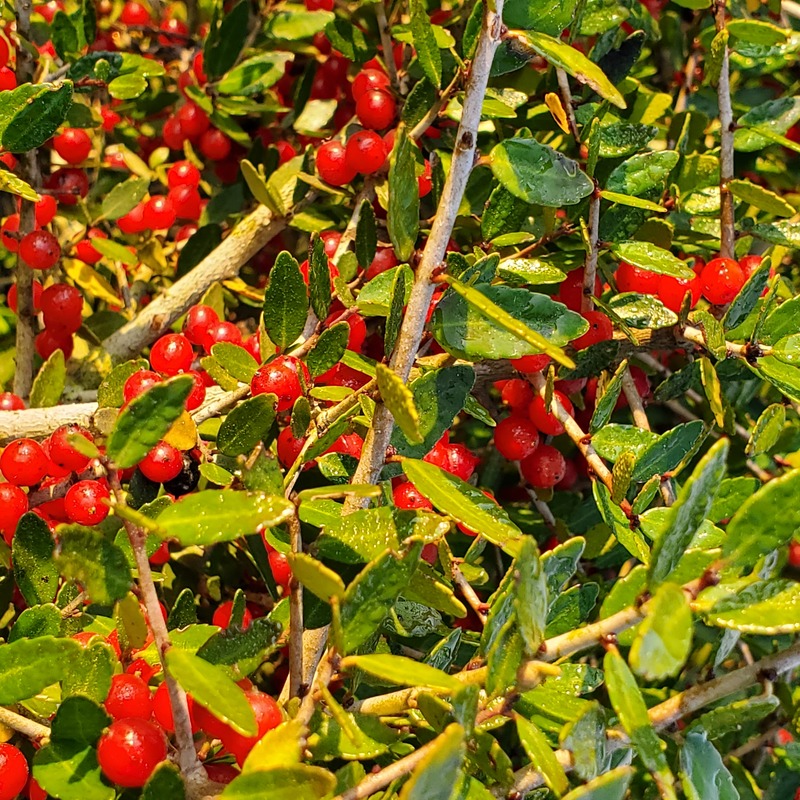 Yaupon growing at Temples Farm (one of the Yaupon Teahouse farms) with those saponin rich berries Yaupon growing at Temples Farm (one of the Yaupon Teahouse farms) with those saponin rich berries
If you have followed me (Abby) on social media at all lately, you know I've gone yaupon crazy! "What is yaupon?" It's a holly native to the United States and the only native North American source of (any noticeable amount) caffeine. It's been called the "Black Drink" and a "panacea" for good reason. How does one go from being a commodity trader to a tea salesman and researcher? Lou met yaupon on a guided walk led by a naturalist (much like the ones I lead) on Ossabaw Island, a barrier island in Georgia a decade ago. The word, "Ossabaw," means, "land where the yaupon grows," in the language of the Guale Tribe who were the original inhabitants of the island. "As soon as he started talking, I welled up and knew that my life had changed, that I was gonna be with yaupon for the rest of my life." Lou tells us how it was a sacred plant for ceremony, a stimulant, and health-supporting drink. Lou's mission is to introduce the general public to yaupon and its health benefits through his extensive research. He also goes into the controversy and the theory over the botanical name (Ilex vomitoria). I'll warn you, it's high historical drama! "Part of our mission is to pay homage to that profound knowledge that the Native Americans {had/have about} this plant." It was traded far and wide. Like cacao, which it was traded for, it also contains theobromine. The plant is being studied for possible benefits to the immune and respiratory system, brain, as a blood sugar balancer, and cholesterol reducer, amongst others. Lou and his wife, Lori Judge, co-founded and own The Yaupon Teahouse + Apothecary, where they create delicious tea blends that are sold in loose leaf form, tea bags, and ready to drink cans (not "sodas" like I said in the interview), along with other locally made yaupon products. "We have the smallest leaves of the holly trinity, but the most magic." Make sure tojoin us on Patreon to "nerd out" on the research that Lou is doing with yaupon while supporting the production of the podcast. If you missed the plant walk at Temples Farm (the Yaupon Teahouse farm in Metter, Georgia), sign up for the email list here on the website, to get notified of upcoming walks and the women's herbal retreat we're planning for this summer. One of Lou's favorite Yaupon recipes: Yaupon leaves Wax myrtle (aka bayberry) leaves Yaupon honey Wax myrtle grows wild in the same habitat as yaupon. Infuse the leaves in just boiled water for 5 minutes or more. Add yaupon honey to taste. Enjoy the delicious health-supporting benefits often. Lou's Bio: Lou, a former rice trader, was introduced to a yaupon tree in a maritime forest. Lou knew his life was about to take a dramatic turn. He dove deep into the Yaupon ethnohistory and benefits, and has never looked back. He and his wife, Lori, own the first two modern yaupon farms, first yaupon processing factory, first Yaupon retail store and are the first to receive a Small Business Innovation Research (SBIR) grant for yaupon. "It was all about getting back into harmony with what nature provides." Check out the Yaupon Teahouse + Apothecary Connect with the @yauponteahouse on Instagram
I'm so honored that the first guest of the year could be my long time teacher, Herbalist Leslie Williams, RH. Amazingly Leslie and I have been working together for 16 years! She is one of the most knowledgeable Herbalists I know. I think I gravitate to her because, though she practices as a clinical Herbalist, she also practices and teaches a lot of folk medicine, works mainly with local and native plants, and includes invasive plant medicine.
As you'll hear, Leslie has quite the eclectic past. She grew up foraging, moved all over, and had many different jobs, including a bike mechanic and a Buddhist Zen cook. She, like me believes food is medicine.
"You don't have to in a Zen temple . . . to have cooking be a meditation in itself, the way you approach it with attention and . . . gratitude. . . . That's important: how we interact with our food . . . . Sometimes how you feel about your food is more important than what you eat."
Leslie goes on to tell us why she thinks local herbs are better, and shares some sustainable wildcrafting tips. She talks about how we can include invasive plants in our apothecaries, including kudzu, multiflora rose, privet, mimiosa, tree of heaven, and autumn olive. Many invasive herbs are potent medicine for current world health issues.
"There's an incredible pharmacy and apothecary everywhere of traditional medicine that, if we understand it and how to work with it, it's right here for us."
Another reason I really appreciate Leslie is for her work with and teaching of Alcohol-Free formulas. She works with many folks who don't want to consume alcohol and reminds us that medicine comes in many different forms. Speaking of which, she's graciously shared her recipe for cherry bark oxymel. If you haven't tried oxymels yet, holy moly, they're amazing!
I'll leave you with some of my favorite words of Leslie's, a simple lesson that has shaped my whole life as an Herbalist and a teacher:
"If you use herbs at all, you're an Herbalist. . . . The world really needs you to be an Herbalist, and keep learning and exploring all the trees and plants out there. . . ."
If you like the podcast, please consider supporting it, by becoming a patron on Patreon (for as little as 5 bucks a month), and get Leslie's bonus interview all about Medicinal Trees.
Folk Method Cherry Oxymel:
Start with twigs of cherry tree, or peeled bark from branches larger than a pencil. It is easiest to peel the bark when they are fresh. Fill a jar halfway with the peeled bark and/or twigs broken up or chopped. Cover with apple cider vinegar or rice vinegar and be sure all the cherry bark and twigs are submerged. You can cover this and wait a month, or if you are in a hurry you can warm the vinegar at a yogurt temperature, Not Hot, for several hours or overnight. Strain out the twigs and bark. Add honey to taste. Recipes vary from one half the amount of vinegar to equal amounts to even more. Taste it and decide. If you are not using honey, due to concerns about blood sugar issues, you can use food grade vegetable glycerin - again, to taste. Store your oxymel in a cool dark place - it will keep for a year or more. It is useful for supporting the body in times of any respiratory conditions - colds, coughs, flus, virus.
Leslie's Bio:
Leslie Williams aka Leslita - I grew up in north Florida with summers in western NC mountains. Life has been a wander through woods and prairies and city streets around the world, but I always come home to the southern USA. I teach about herbal, plant and tree medicines. I am a certified bicycle mechanic and a back porch musician and also a registered herbalist with the American Herbalist Guild. Herbal medicine - for self, family, community, dogs and horses - is within reach of all of us and is empowering. I've practiced a zen sort of life for 55 years. Teaching people about holistic herbal approaches to life is my work. You can find Leslie and all of her classes at http://www.ordinaryherbalist.com/ Instagram: @ordinaryherbalist Facebook: Ordinary Herbalist Wander, Forage, & Wildcraft: Episode #13 - Tyson Sampson of the Eastern Band of Cherokee Indians11/23/2020
I swear I didn't plan this, but the timing was serendipitously perfect! Tyson Sampson and I recently recorded this episode of the podcast, Wander, Forage, & Wildcraft, just before Thanksgiving. I have to say Thanksgiving used to be my favorite holiday. I saw it just as a day about being grateful and eating good food. Knowing what I know now, though, the greatness has tarnished.
I want to offer you some literal food for thought this Thanksgiving Day...
For many Indigenous people living in their tribal lands, Thanksgiving Day is a painful reminder of the forced policies of oppression resulting in multiple generations of grief and trauma. If you don't already know, The WANDER School recently became a 501(c)3 registered non-profit organization to help acknowledge where the knowledge we have about wild foods and wild herbs originally came from (much of it from Indigenous people) and to give back for that knowledge, ie practice reciprocity. (Find out more here.) We've been going to Qualla Indian Boundary in western North Carolina to visit some of the Cherokee tribe's citizens. We've been helping Tyson and his relatives process their herbs to provide medicine for their extended circles of family. I feel so honored to have been able to have this discussion with my friend, Tyson. He tells us he is a member of the Eastern Band of Cherokee Indians as he introduces himself and then translates from the Cherokee language into English. He tells us about the land where he was born, has returned to, and what it was like before the modern effects of colonization. "The history that occurred here disrupted a very long-lasting living system of life. It's really hard to comprehend . . . . It's not really anything you can imagine . . . ." Tyson was raised by the women of his family, especially his grandma, great grandma, and their sisters. He got to listen to his elders speaking Cherokee from the time he was five. He said there was lots of laughter. But, over time, hearing the language spoken became less common. It made him think about what life might have been like and learn what happened to the Cherokee people. "All of my life's experiences . . . {have} always pointed back to who I am as an Indigenous person." This became even more true for Tyson in 2001 when he started to meet other "plant people" in western North Carolina. He hadn't been in the woods much since his elders passed. Then he met white people who foraged for plants because they had learned how in herb school. He realized then that, though he had always thought his people gathered wild greens simply because they needed to eat, the lessons taught by his elders were of great value. However, when he asked his new friends if they were foraging sochan (aka cutleaf coneflower [Rudbeckia laciniata], a traditional Cherokee wild green) they hadn't ever heard of it before. He wondered why this gap in knowledge existed. "Sochan is a staple food for us . . . . In the springtime, when we're interfacing with Cherokee people, we say, 'Have you had any sochan yet?' . . . Nobody knows that plant like we know that plant." For Tyson Sampson, food and language are the defining pieces of Cherokee culture. "We have names for the plants and mushrooms and trees . . . those things know their names when they're said in Cherokee. . . . I don't come from a pow wow family. . . . What makes my family Indian is our relationship to the foods and the language." Tyson and I share about the first meal he served me, what he calls a "Traditional Indian Dinner," and what that means to him. To give you a hint about how amazing it was, my daughter asked me if I was going to cry as I took the first bite. Then he goes into detail about Cherokee traditional corn and how it's traditionally processed, what he cans and pickles from the wild, and one of all of our favorites, ramps!
We talk about some new buzz words, "Traditional Ecological Knowledge" and Tyson's take on them, along with what it has been like for the Cherokee in Qualla Boundary to be in the middle of a pandemic.
"It's just a web. . . . I think we're entering into a time where . . . on the surface we're taught to be so self-absorbed: self-reliant, independent. But really, I've had to question that and question that. . . . It keeps pointing back to this: . . . People need people, people need plants, plants need people." If you love this podcast episode, please like, comment, and share with all your plant people. And don't forget to support the production on Patreon for as little as 5 bucks a month. You'll get the bonus interview from this podcast where Tyson teaches us about some of his favorite edible and medicinal Cherokee plants and mushrooms. This bonus episode is free to all Indigenous people. Just send Abby an email and you'll be sent the link. Please thank Tyson for all he generously shared with us by:
Tyson's Bio: Tyson Sampson is a two-hearted individual whom has descended from the local indigenous matriarchy called the ᎠᏂᎩᎶᎯ (A-ni-gi-lo-hi). Their homeland is referred to as The Beautiful Painted Earth. His family is based here in their aboriginal territory most commonly known as the Great Smoky Mountains. Tyson has a background in the healing arts and communications. He has been of service to connective circles/family for 20 years. In multi-faceted contributions, he has worked on everything from documenting endangered language, holding mindful awareness presence, to sharing wild food practices and cultural sensibilities about his grandmother's people. He has contributed to efforts for residents of the Qualla Indian Boundary to have more intimate and legally protective relationships to plants/wild foods in this indigenous bio-region. Currently, Tyson is cultivating an apothecary for ethnobotanical accessibility, called Bigwitch Botanicals. He is also developing a broader collective to support traditional ecological knowledge for his fellow tribesfolk, called the Bigwitch Indian Wisdom Initiative. Email Tyson here. Whether you're decking the halls, lighting the menorah, preparing for a feast, or hibernating this time of year, keep in mind all the great gifts from The WANDER School, a small yet mighty woman-owned and operated business that exists to inspire nature reconnection and health empowerment. For anyone on your list who is wild food or herb curious...we have LOTS to offer. As you may be starting to plan your holiday gift giving, we wanted to make sure you know about all the GREAT gifts we have available for you and yours. Read on, let us know if you have any questions, and as always...green blessings. Abby's First Book... |
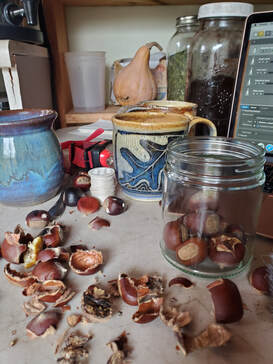
Bill talks about nuts as an alternative to commodity crops, as the population grows, ironically leaving less land for growing food. He talks about the myth of the necessity of corn, referring us to Scientific American's article, "It's time to rethink America's corn system." He tells us about his inspirations, George Washington Carver (his favorite biography is by Rackham Holt) and Luther Burbank, who said, "All it takes is one plant to make an industry," seemingly referring to the abundance of possibility that lies in native nuts. We discussed the nutrition in nuts and the generosity and chaos of nut trees in the way they spread their seeds (and of course a wonderful analogy to human relationships). We closed the show with my description of winter forageables and, the most entertaining part, Bill's song, "Ain't Nuttin Perfect" on madolin, kazoo, and singing, too! I hope you love this episode. If so, please like, share, subscribe, comment, and support the production while getting bonus continuing education at Patreon. Links: The Acornucopia Project The Nutty Buddy Collective The Native Nut Growers Association Email Bill about getting involved or other nutty stuff A choco-nutty recipe from Bill... |
(the gateway to acorn consciousness)
From The Nut Book - A Manifeasto of Community Nut Processing by Bill Whipple
Acorns aren't just for baking. They stovetop into amazing soothing and nourishing foods, like rues and puddings. Use it as a thickener to make a savory version of this called "forage porridge".
ACORN FLOUR- 1 CUP (I prefer red oak)
H2O - Start with 4 cups (hickory broth is best)
powdered chocolate - 8 tbs (roasted dandelion is more authentic)
sugar - 8 tbs (maple syrup would rock the boat here)
salt - 1/2 tbs
cinnamon - 1/4 tsp (spicebush would be the real deal but use less and work up, its potent!)
vanilla - 1/4 tsp (from native, temperate, vanilla trees of course! ;)
Coconut oil - 2 tbs (black walnut pulverized into a butter would leave the competition at the gates at any county fair contest)
Simmer cracked hickories and strain off meats from the top.
Blend with a little hickory broth. Add rest of strained broth and blend.
This is your base to slowly add acorn flour while humming:
"Stir, stir, stir the pot gently o'er the flame. if you won't, or if you don't, there's no one else to blame"
Add everything else to taste. The more creamy yummy added, the better it will be. This will set up and jiggle just like real store-bought jello!
You can now check out the latest episode of the listener-supported podcast I dreamed up: wildcrafters and foragers around the world share their stories, tips and tricks to empower you on your wild path.
Give it a listen below (or listen and subscribe to Wander, Forage & Wildcraft on your favorite podcast platform).
If you like what you hear, you can become a patron on Patreon for as little as $5 per month to support production of the podcast and get extras, like the recording Kelly did with me about piñon pines.
About the Episode:
I've been following Kelly's work for awhile and, honestly, having a little bit of travel and plant nerd envy of the work she does. Her work with the Ground Shots Project is nothing short of freaking amazing! Our podcasts share similarities of interviewing and spreading the word about folks doing cool work with plants, however she travels the world doing it.
More specifically and in her own words, "The Ground Shots Podcast is an audio project that features conversations and storytelling about our relationship with ecology through the intersections of activism and creativity. This includes field recordings of folks in their element, music recordings, interviews, story captures, and more."
She asks the important questions, like, "How do we do our work in the modern age, when the urgency of ecological and social collapse sometimes feels looming? How do we creatively and whole-heartedly navigate our relationships with one another and the land?"
In our interview, we talked about this and more, including Madrone berries (a fave tree of mine in California), the land-based web of interconnection, how farming led her to foraging, how foraging revived her grandmother's traditions, how wild foods reflect the regional flavor, how she learned to forage sustainably with United Plant Savers (a fantastic organization) and the risk of foraging in the western U.S., along with reseeding as a way to wildcraft ethically. I loved our conversation how our foraging and wildcrafting can actually benefit plants if done in an ethical way. We also talked about the piñon pine and its edible nuts, how to forage and process them, and the medicine you can make from the resin. We finished the episode with her story of a Juneberry/serviceberry (Amelanchier canadensis) foraging adventure.
We talked about her love of foraging piñon pine in California. She generously shared her recipe for Savory Winter Squash Pie with Pine Nuts (below).
Kelly's Bio:
Kelly Moody grew up in rural southern Virginia near the border of North Carolina in tobacco and muscadine country. She went to her grandma's house daily as a child, where fresh biscuits and iced tea were a regular necessity. Her other grandma was a determined plant lady who started a nursery business on the outskirts of their small rural town, which remained open for almost 50 years. Kelly grew up hiding with her sister in the tropical greenhouses, taking craft classes in the small nursery workshop, shelling green beans and canning tomatoes. These experiences of being on the family farm, working with plants and creating followed Kelly into her adulthood.
Much of the past decade she has spent living in different places and studying plants, ecology and craft, writing about the land, growing food and herbs, or honoring her wanderlust and love of learning new plants by traveling cross country in various incarnations.
She received a B. A. in Philosophy and Religious Studies in 2009 from Christopher Newport University in Virginia. For over a decade she has studied herbal medicine, ecology and botany with teachers like Rebecca Golden in southern Vermont, Paul Strauss and Chip Carrol at the Goldenseal Sanctuary in southeast Ohio, Luke Learningdeer and Marc Williams in western North Carolina. She apprenticed with Juliet Blankespoor and attended the Chestnut School of Herbal Medicine in Asheville, NC in 2013. She helped manage the gardens at Dancing Springs Farm in Asheville, NC from 2014-2016. She studied book arts and paper making at Penland School of Crafts in North Carolina. She has taught hide tanning techniques for classes held by the medieval bookbinder Jim Croft at his rural Idaho homestead from 2017-2019. She has completed a handful of ecological activism focused artist residencies and workshops including Signal Fire's month-long Wide Open Studios program during the summer of 2017 in the Pacific Northwest and in the fall of 2019 in the Southwest. Her teaching over the years has included classes on hide tanning, plant ID, wild foods, medicine making, natural dyes, nutrition and gardening.
Kelly’s interest in both storytelling and cross-cultural dialogue comes from both an upbringing in the rural south filled with story, and by the inspiration of meeting people on the road during large periods of nomadism.
Links:
Of Sedge and Salt, Kelly's website, blog, and Ground Shots podcast episodes
Of Sedge and Salt Patreon site to support the podcast and her work
Kelly's Piñon Pine Plant Profile
Find Kelly on Instagram @goldenberries
The Ground Shots Podcast on iTunes, Spotify, TuneIn, etc.
Links to organizations mentioned in the episode:
Zach Elfer's Nomad Seed Project
United Plant Savers
Signal Fire
A delicious regional recipe from Kelly:
Savory Winter Squash Pie with Pine nuts
First, bake several favorite winter squashes cut in half, open face in the oven for 20-30 minutes.
Take squashes out of oven.
Chop bacon into small pieces and sauté to brown. Remove bacon, and leave oil in pan.
Sauté leeks, black walnuts, piñon pine nuts and garlic in bacon fat.
In a separate bowl, smash winter squash into a consistent mush, removing skins if you desire. At this point I add some salt to taste, as well as melted butter or ghee into the blend. After this, add leeks, bacon, pine nuts and walnuts to blend.
I generally don't do gluten so I improvise different kinds of interesting crusts. In this case, I had a few wild foods to add to my crust mix. I mixed a half of cup of honey and a pinch of salt to homemade Yampah root Perideridia gairdneri flour, blue corn grits and gluten free baking flour. I slathered the crust mix into a an oiled glass dish pushing the dough up the sides (its more of a honey paste than dough). You could add pine nuts to the crust here, too.
Pour the winter squash mix into the open crust, smoothing over the top. Crack a handful of pine nuts and place them on top of the pie. I also add walnuts here!
Bake on 400 F for 30 minutes or so. Take out, let cool before eating.
If you want to learn more fascinating piñon pine details, become a patron on Patreon to hear our bonus interview material.
Want to help us continue to do this important work
of spreading botanical education during this difficult time?
Join us for ongoing education on Patreon starting at just 5 bucks a month
Become a Patron!
or make a one-time donation via PayPal.
About Abby
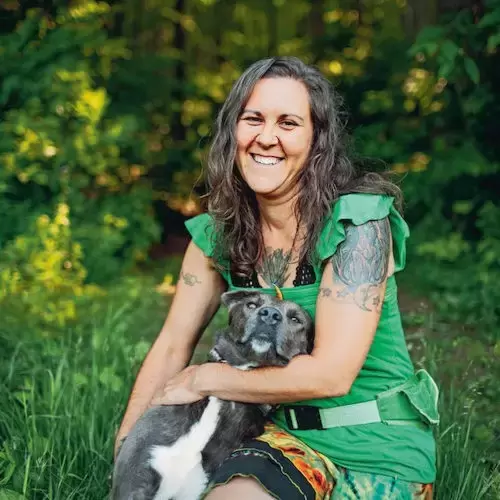
Browse Topics
All
Free Resources
Plant Walks
Podcast
Virtual Learning
Archives
November 2023
May 2023
April 2023
February 2023
January 2023
April 2022
January 2022
December 2021
October 2021
September 2021
March 2021
January 2021
November 2020
October 2020
September 2020
August 2020
July 2020
June 2020
April 2020
March 2020
February 2020
December 2019
November 2019
October 2019
September 2019
August 2019
May 2019
April 2019
February 2019
December 2018
September 2018
August 2018
June 2018
May 2018
March 2018
February 2018
December 2017
November 2017
October 2017
May 2017
April 2017
March 2017
January 2017
November 2016
October 2016
September 2016
Categories
All
Free Resources
Plant Walks
Podcast
Virtual Learning
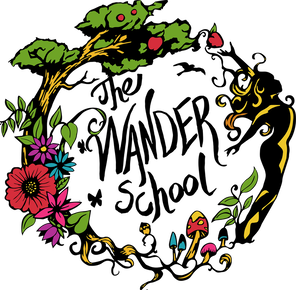
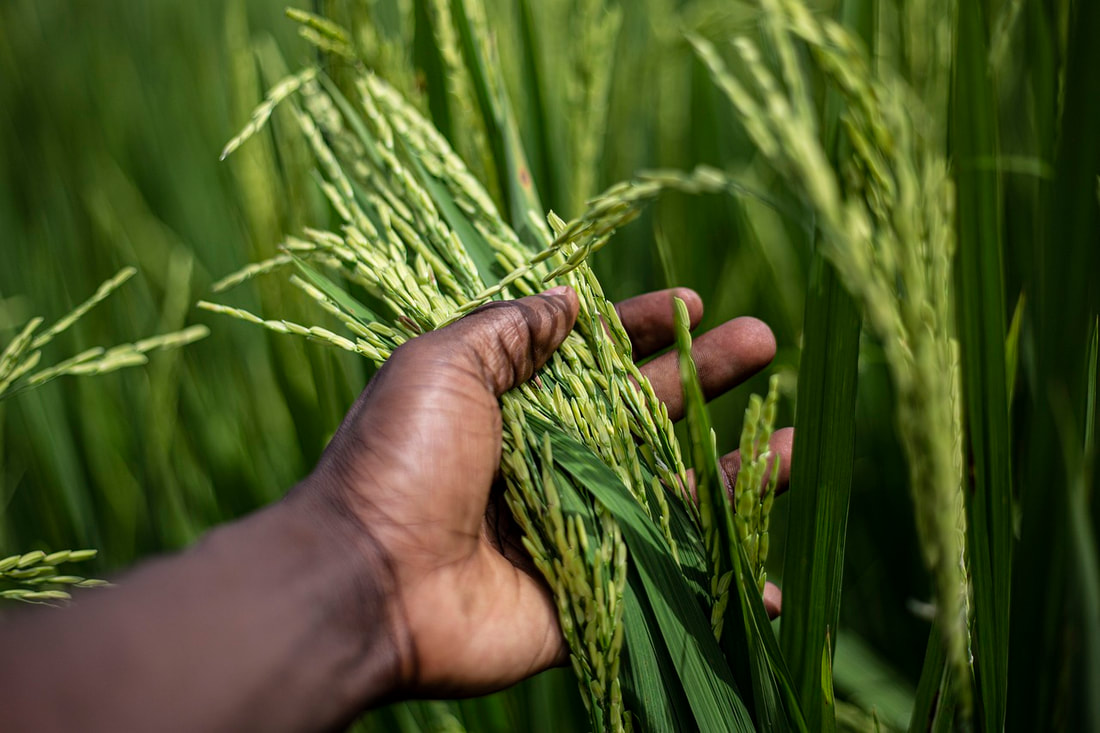
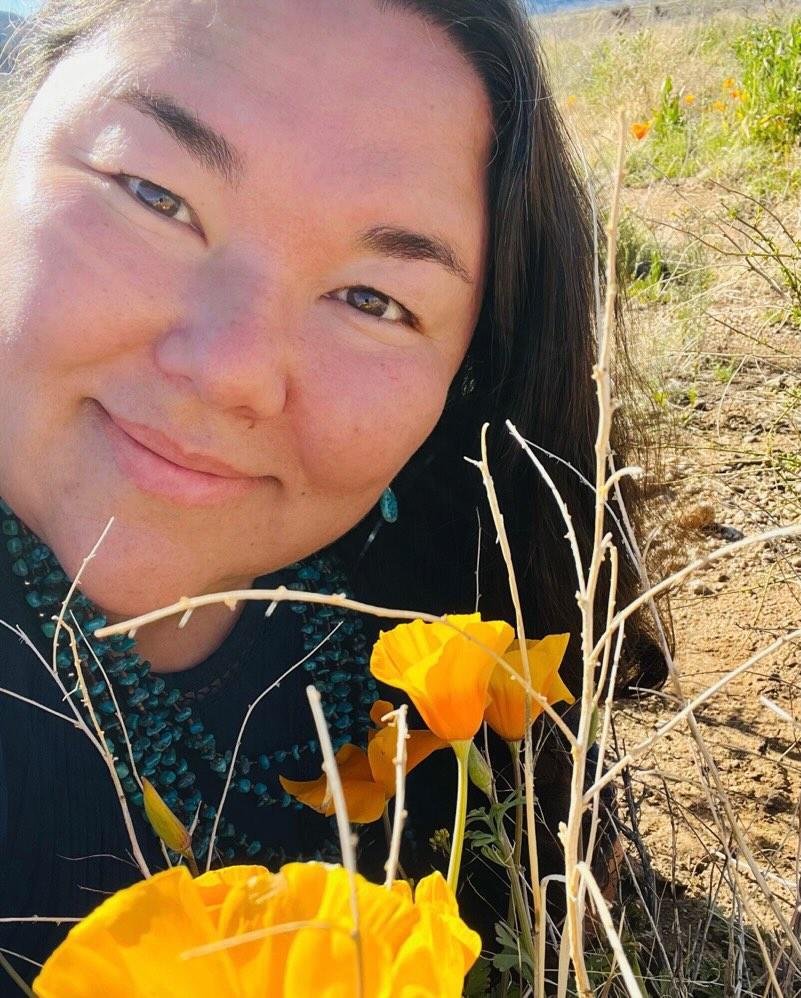
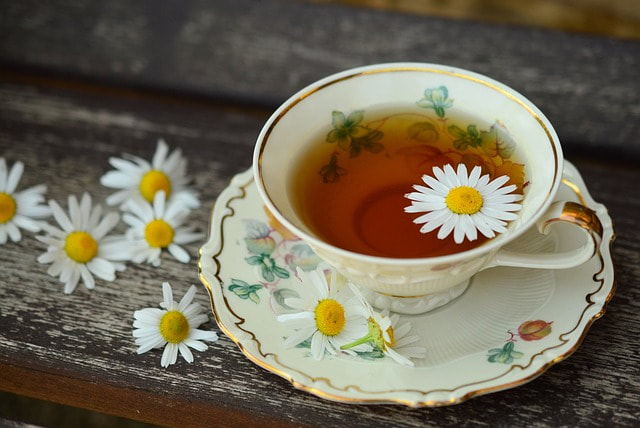
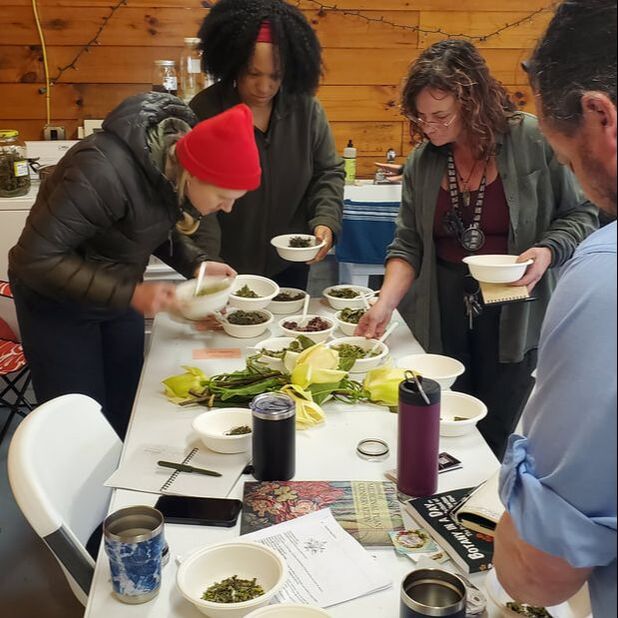
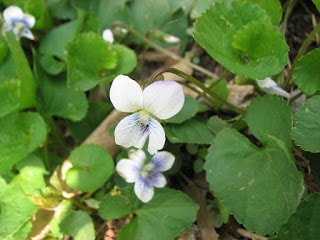
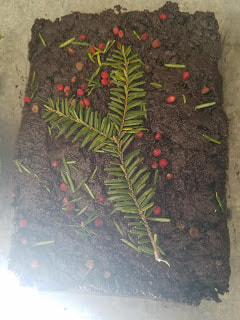
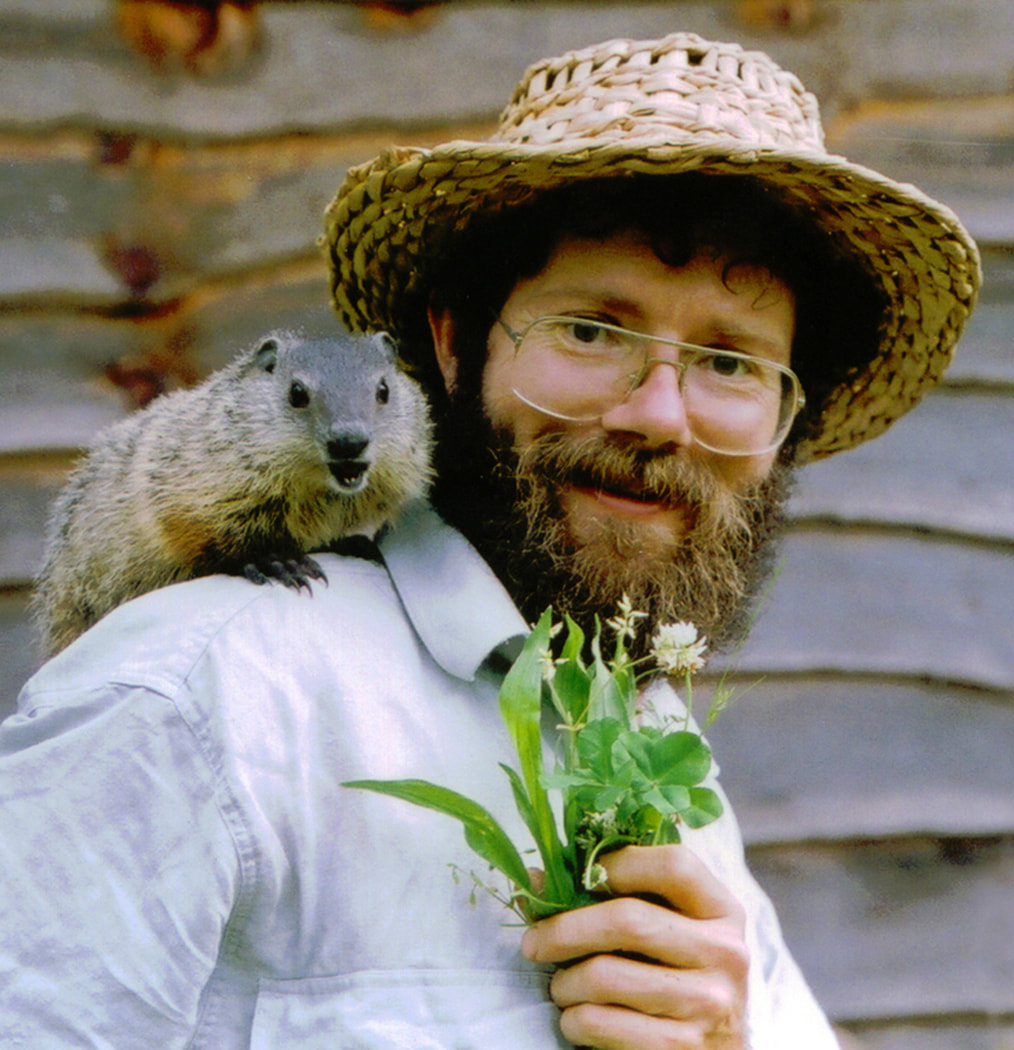
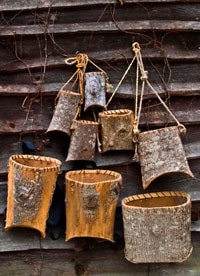
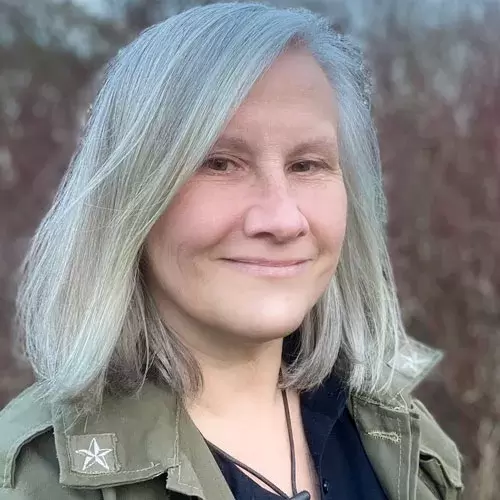
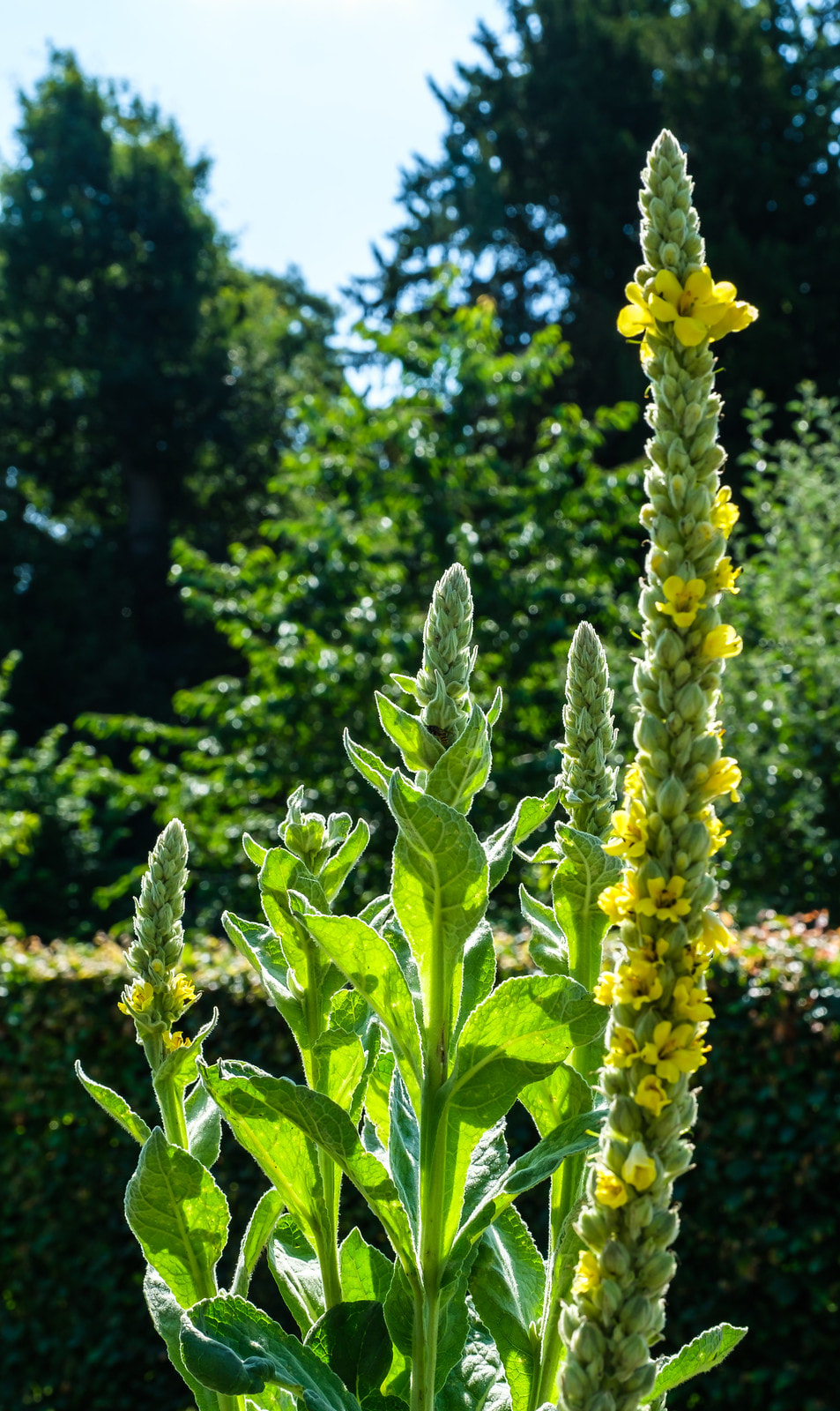
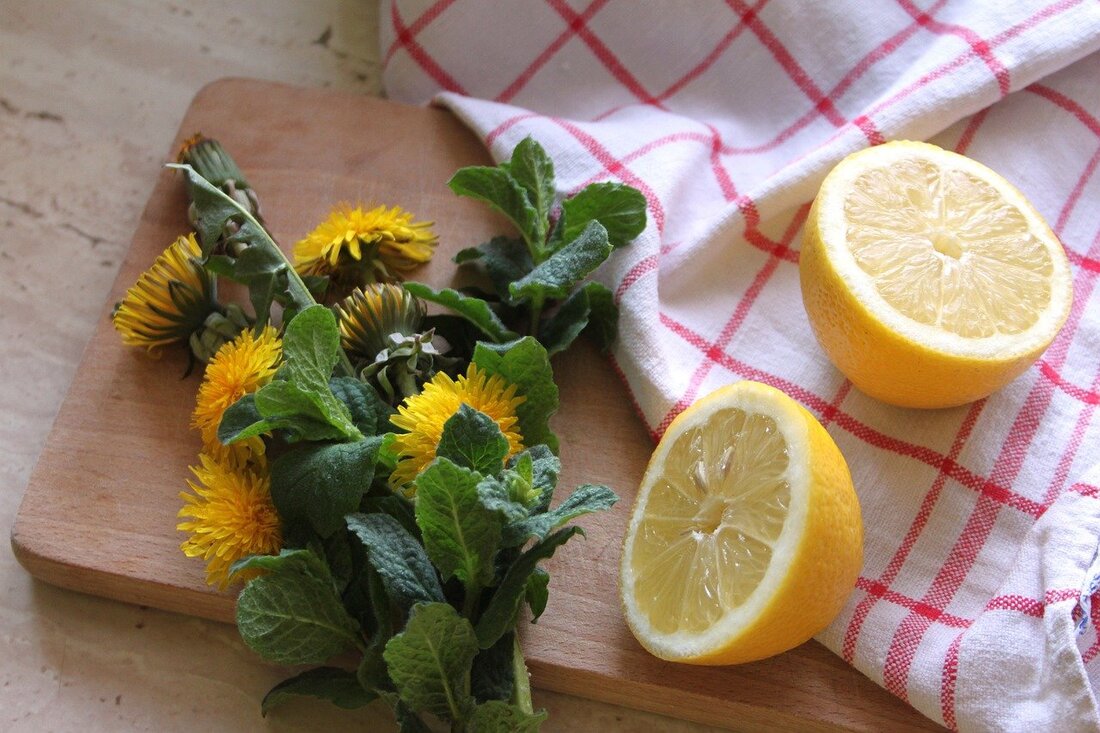
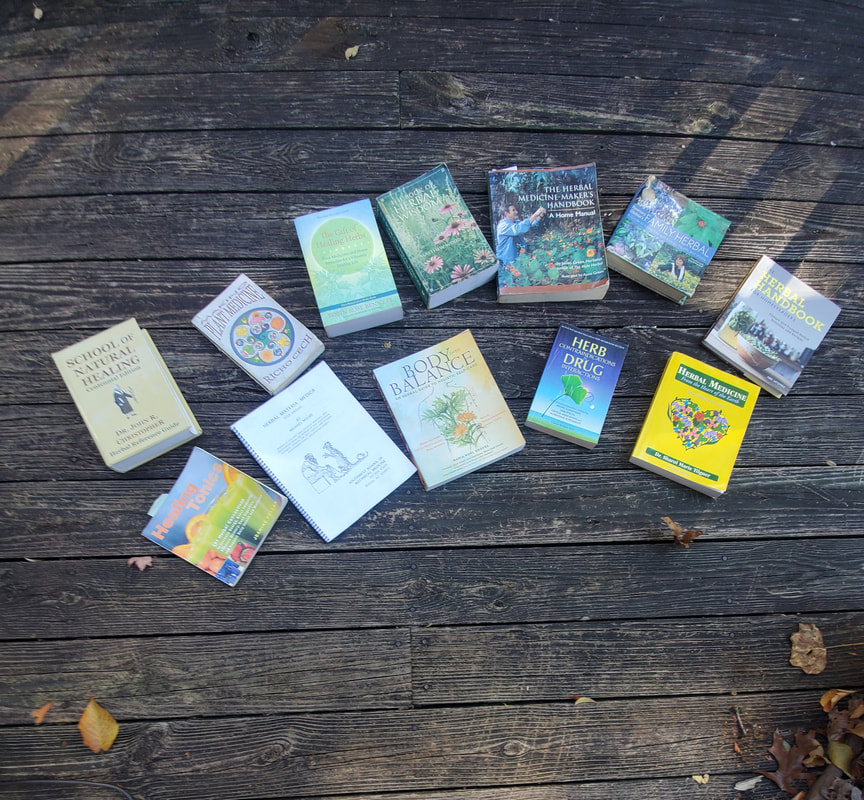
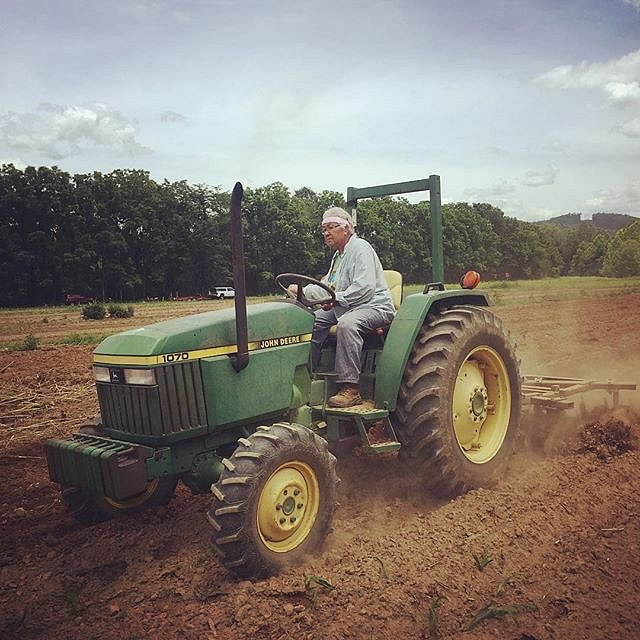
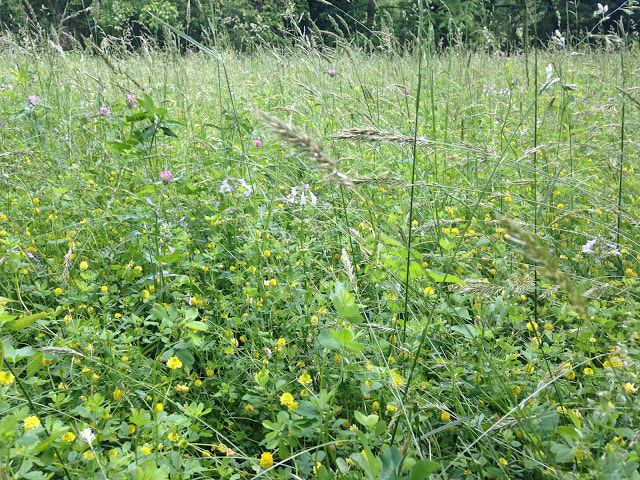
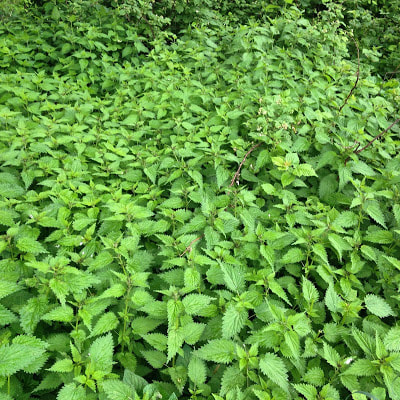
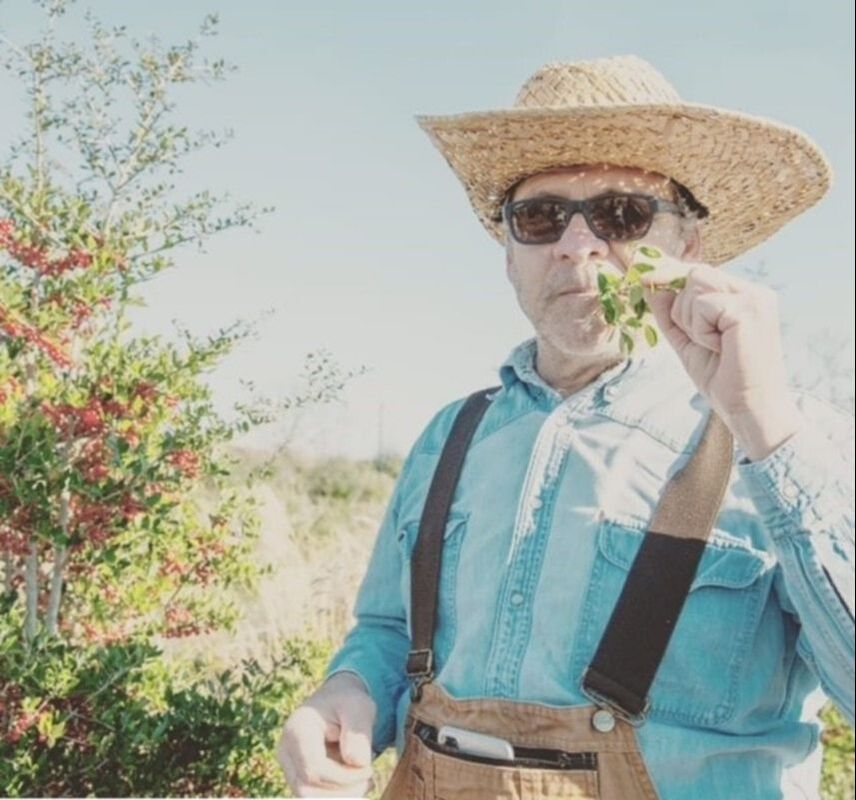
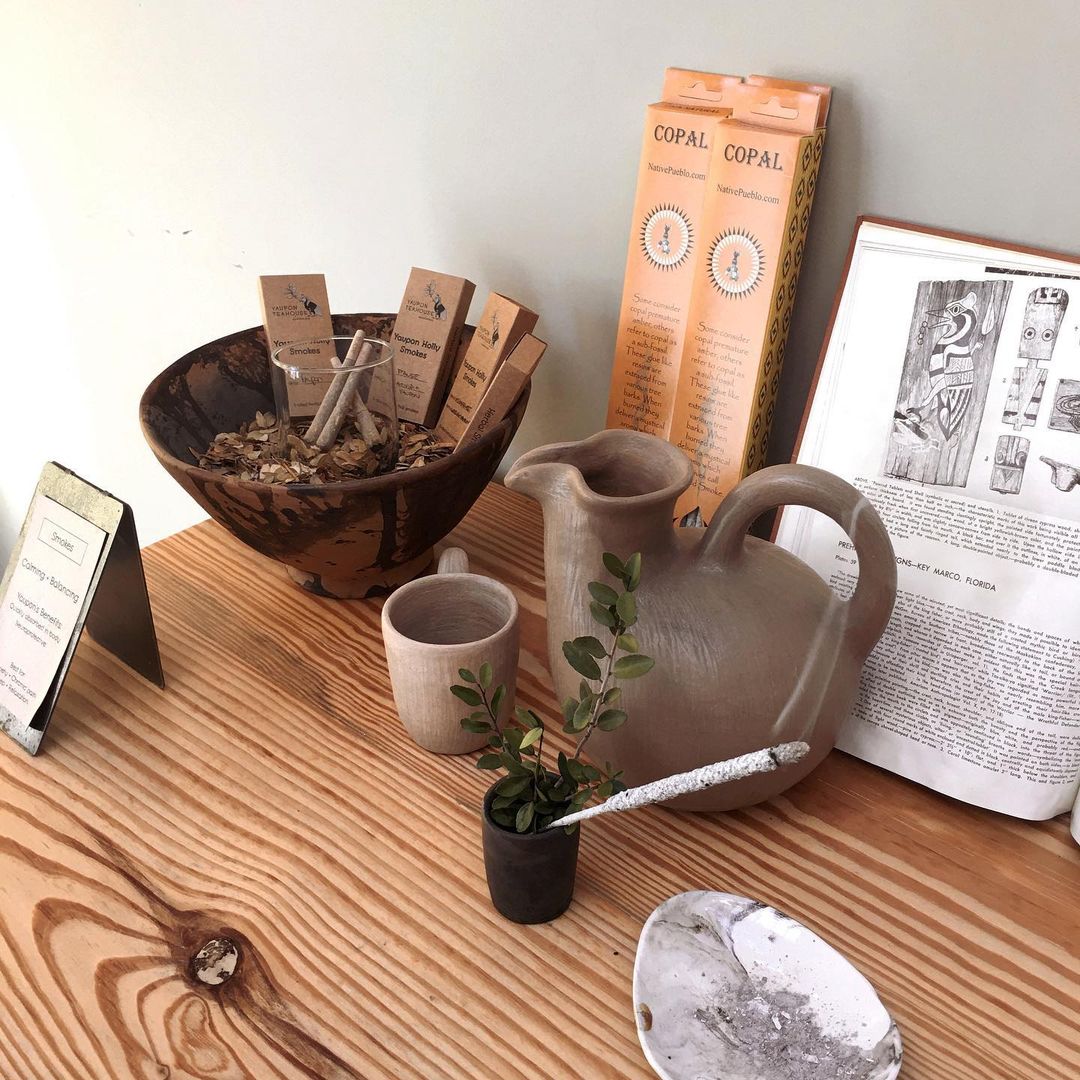
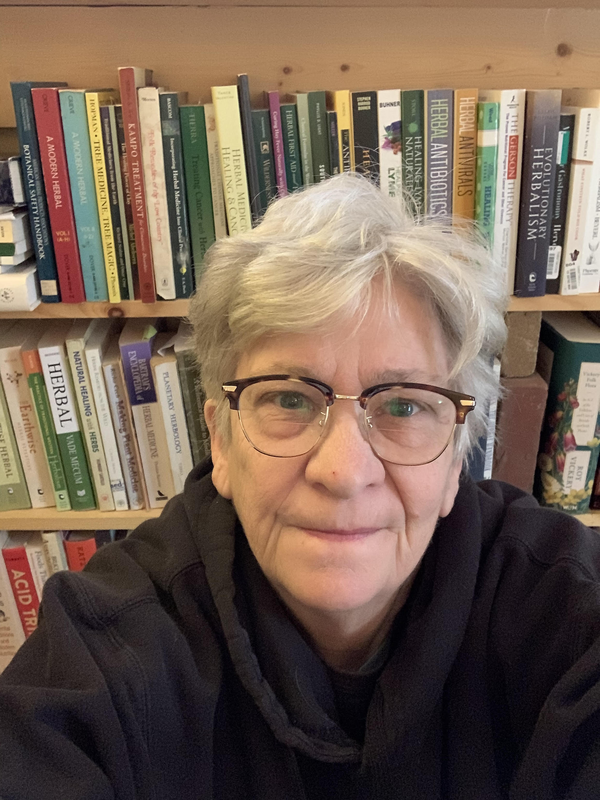
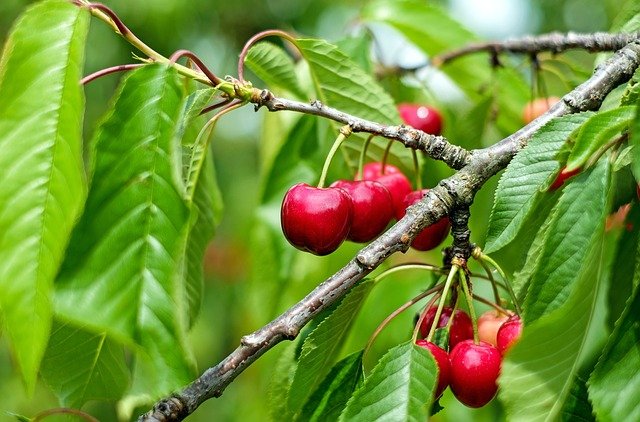
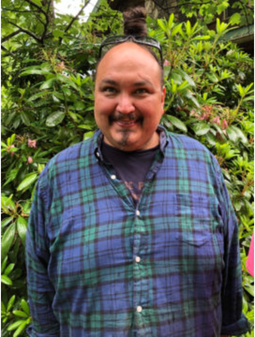
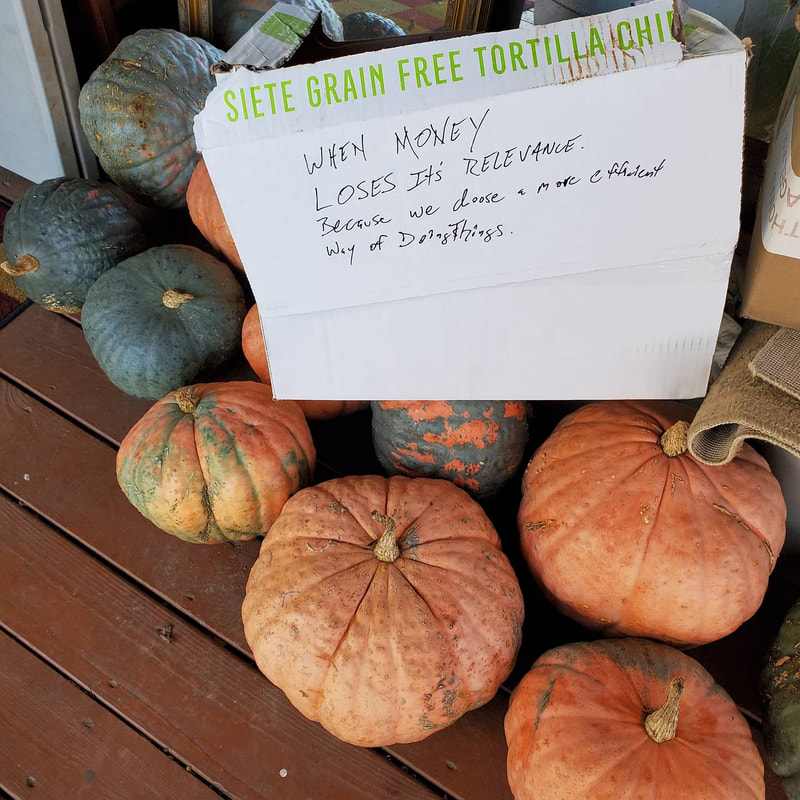
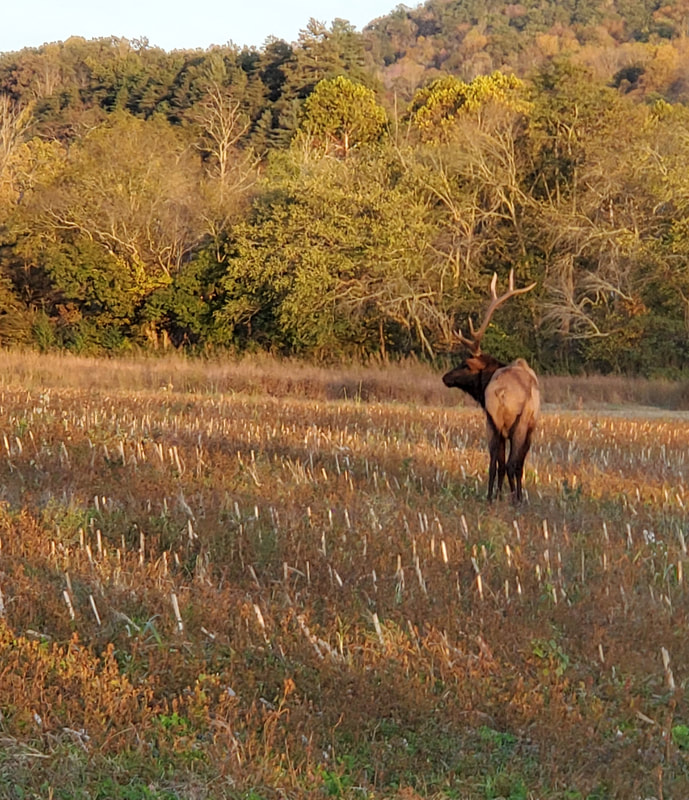
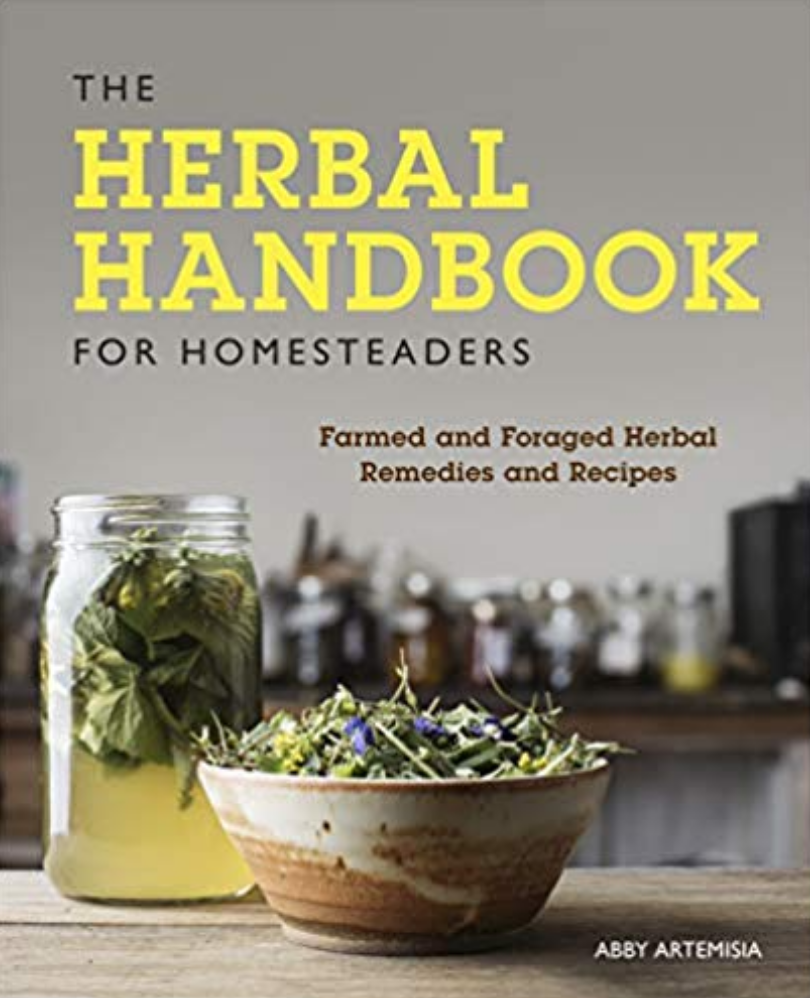
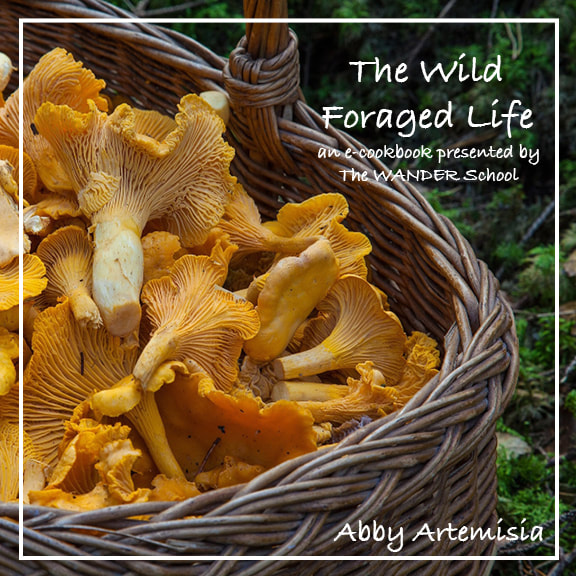

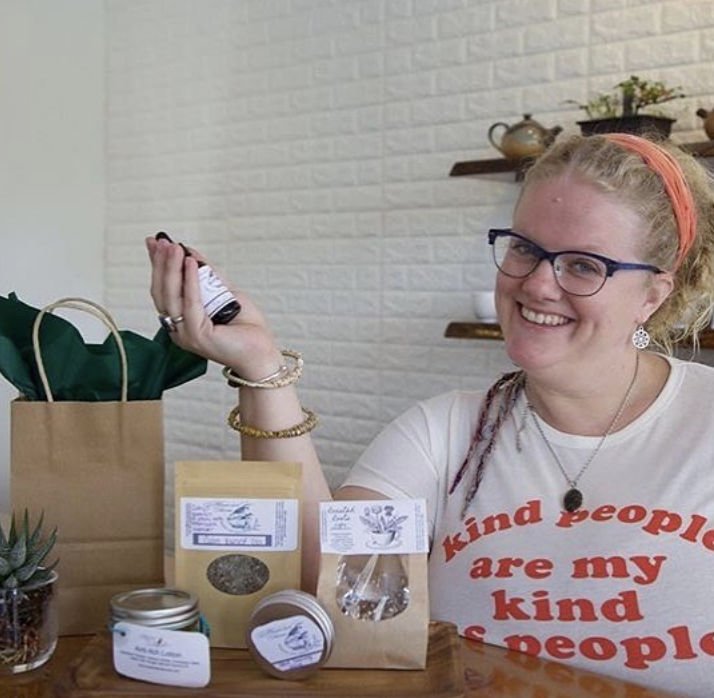
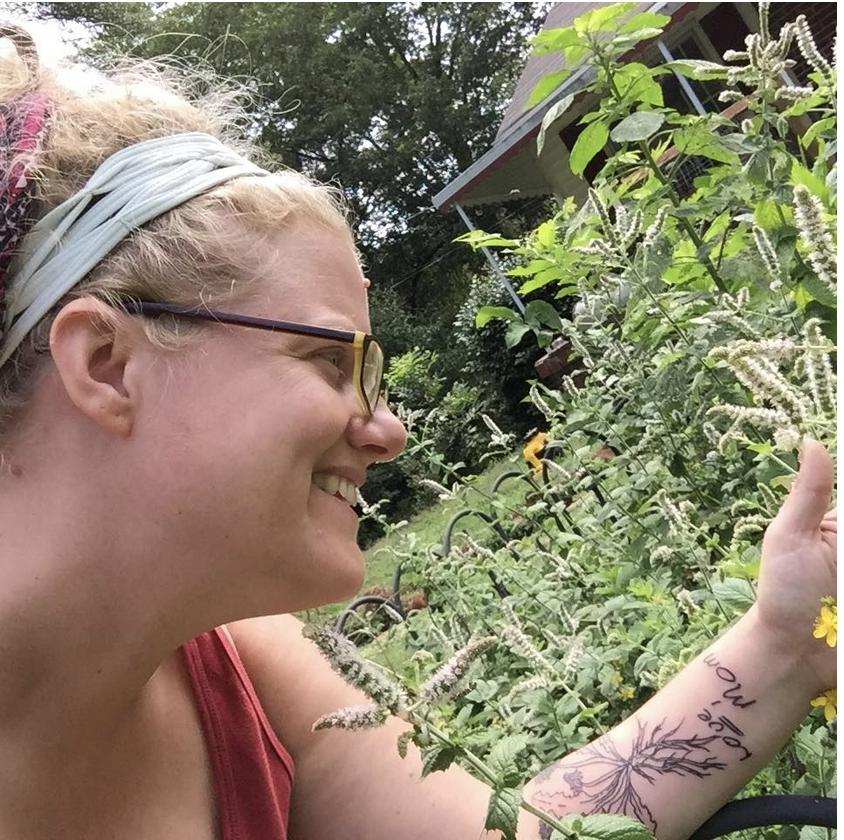
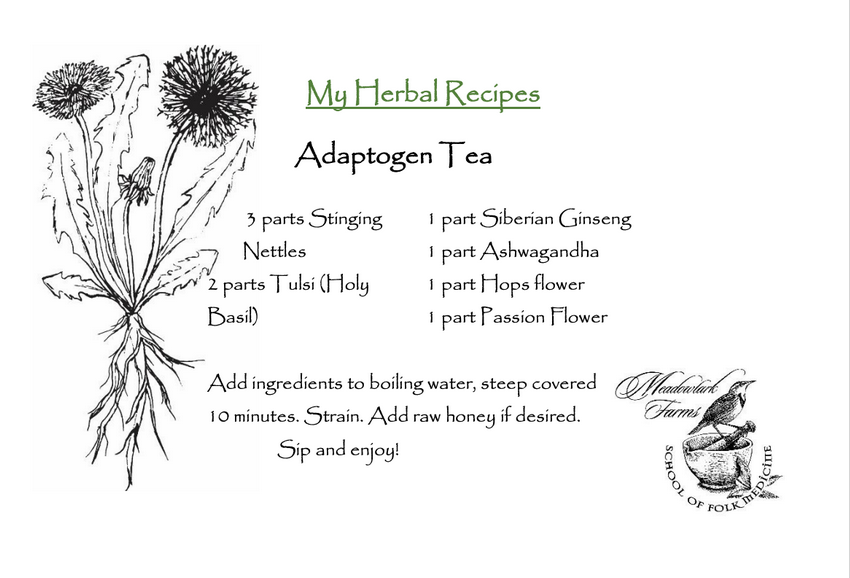
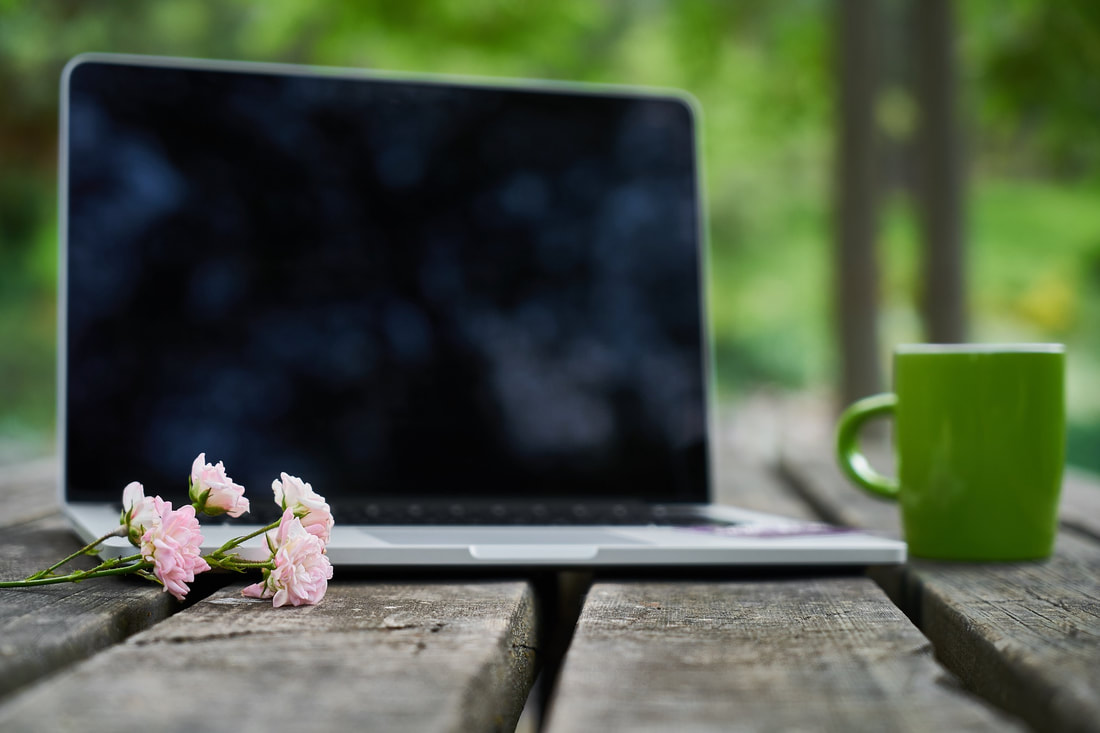
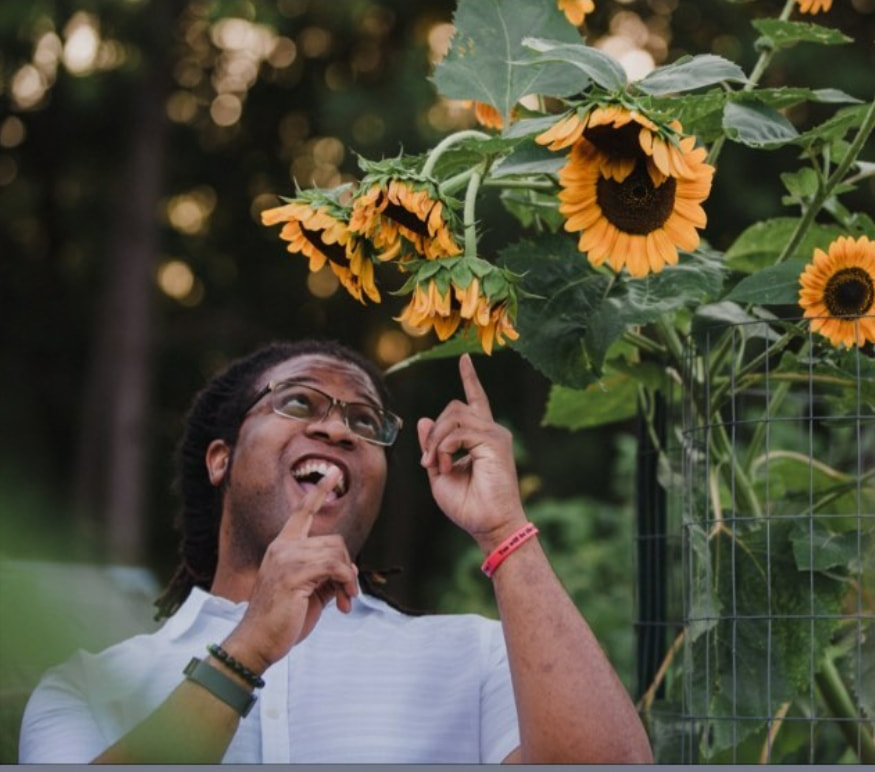


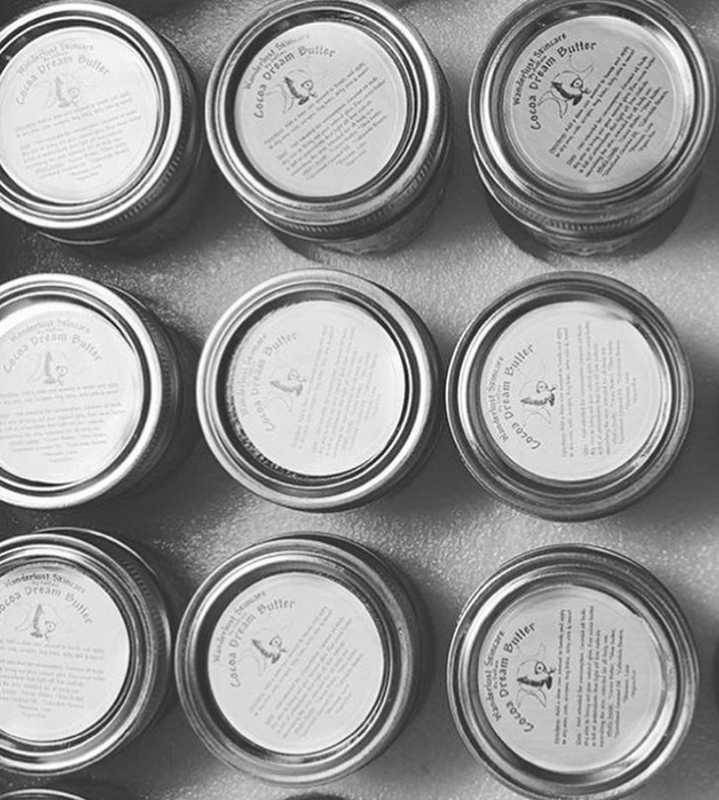



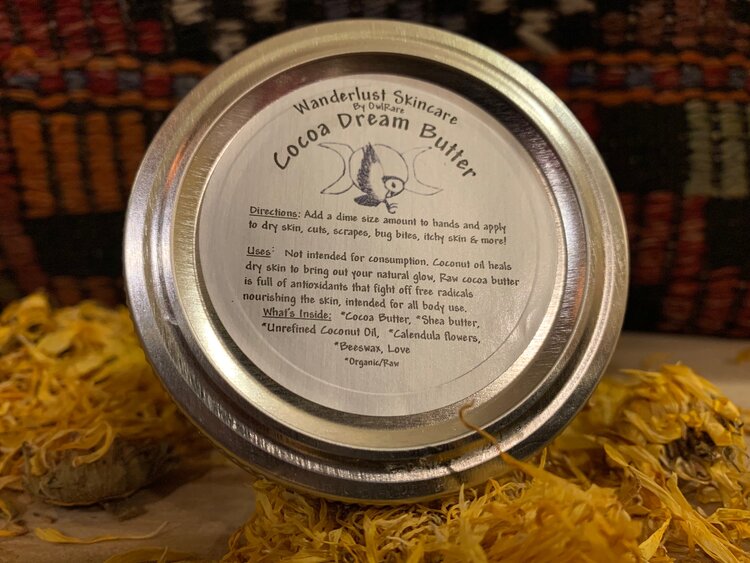

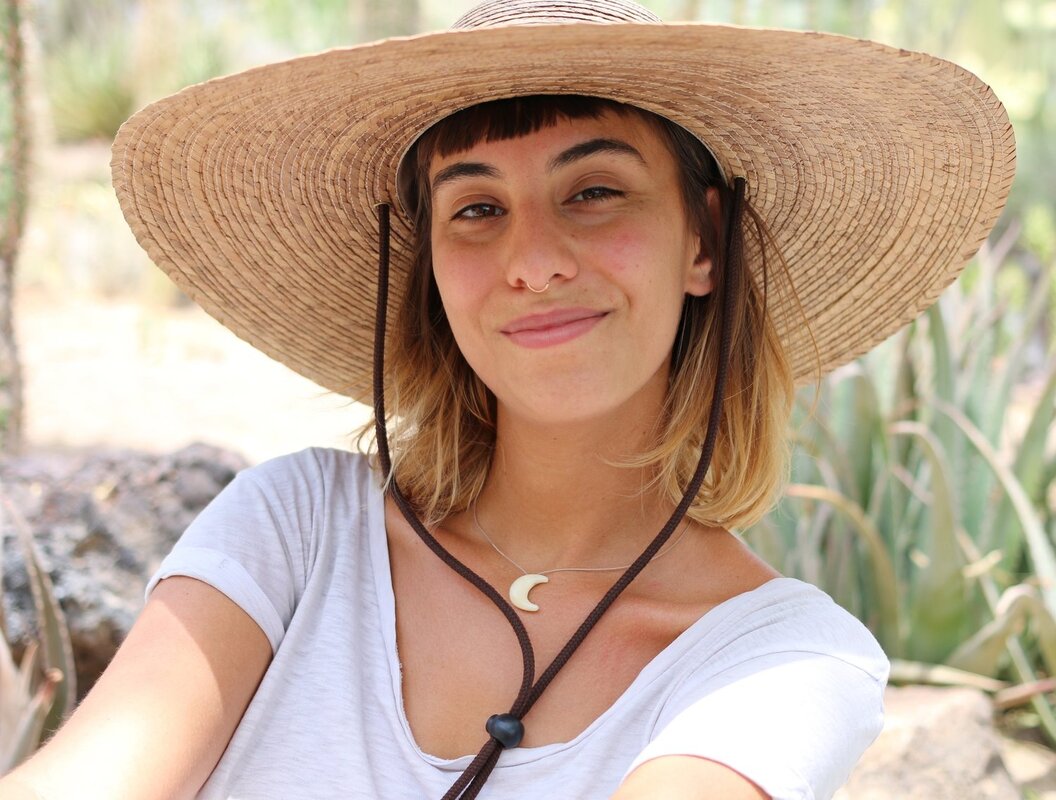
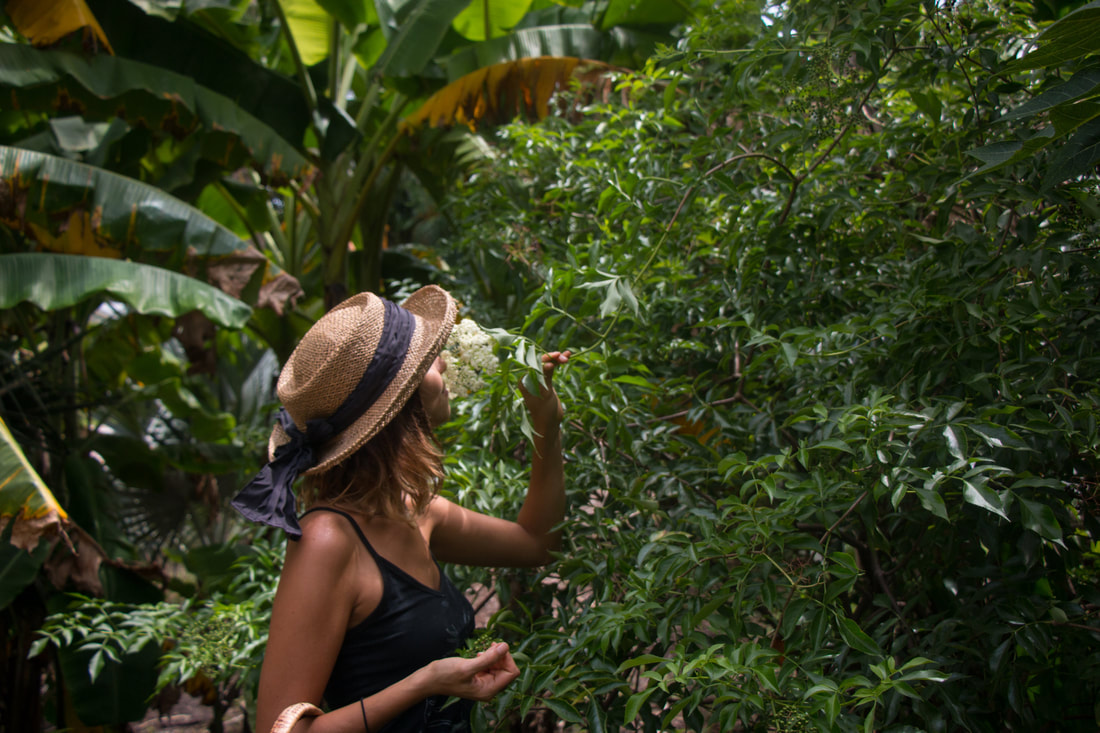
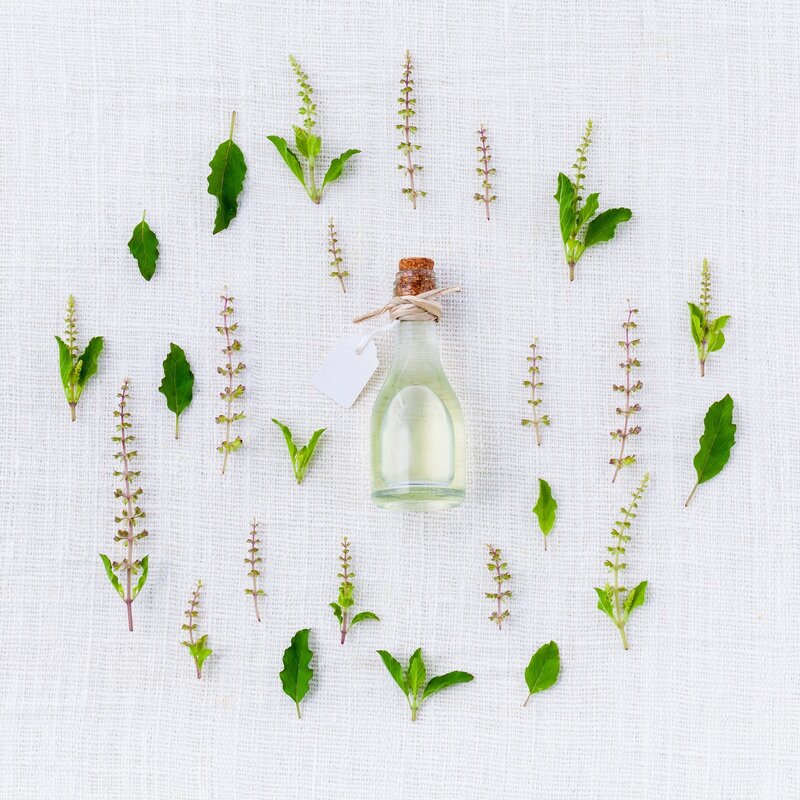
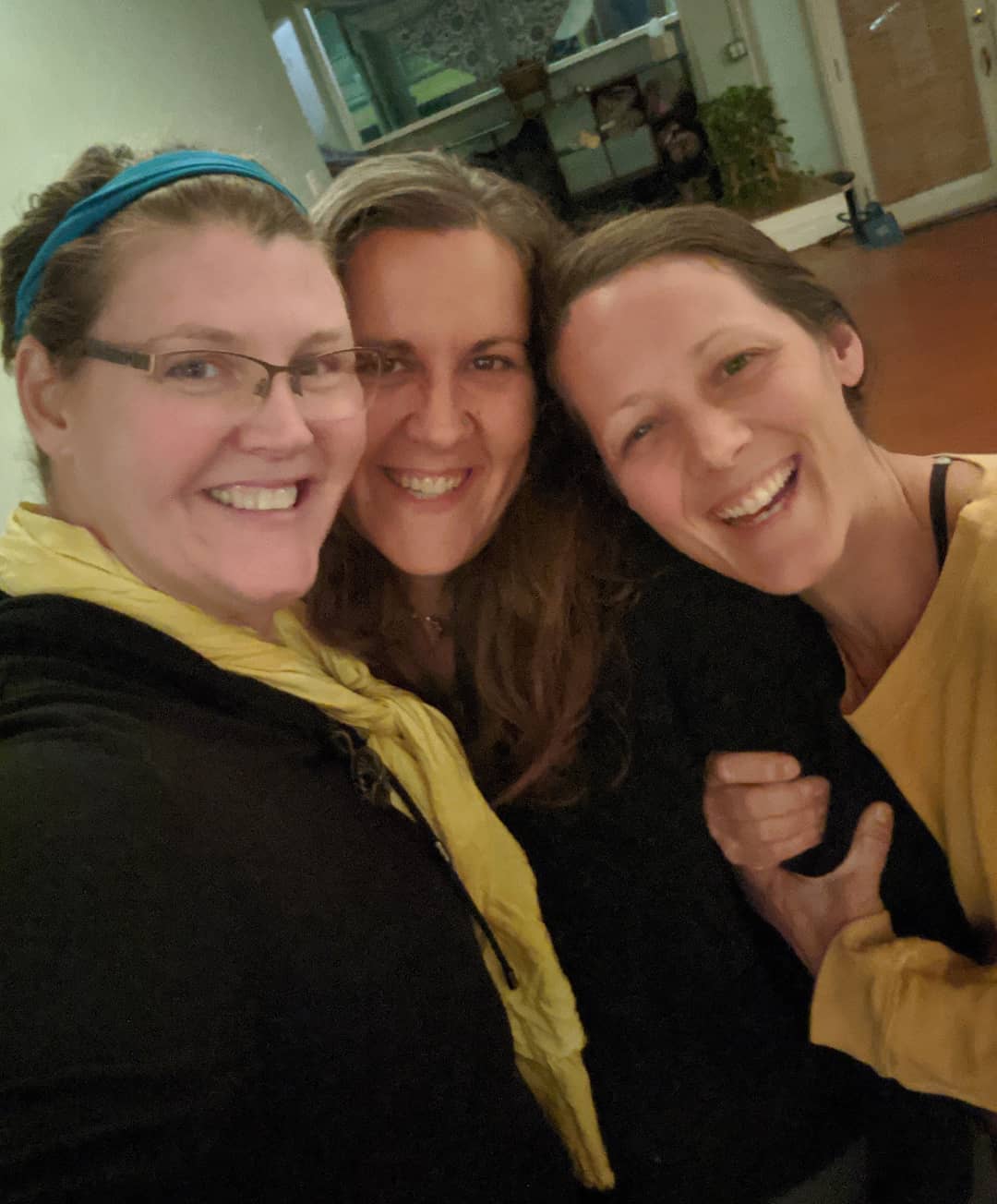
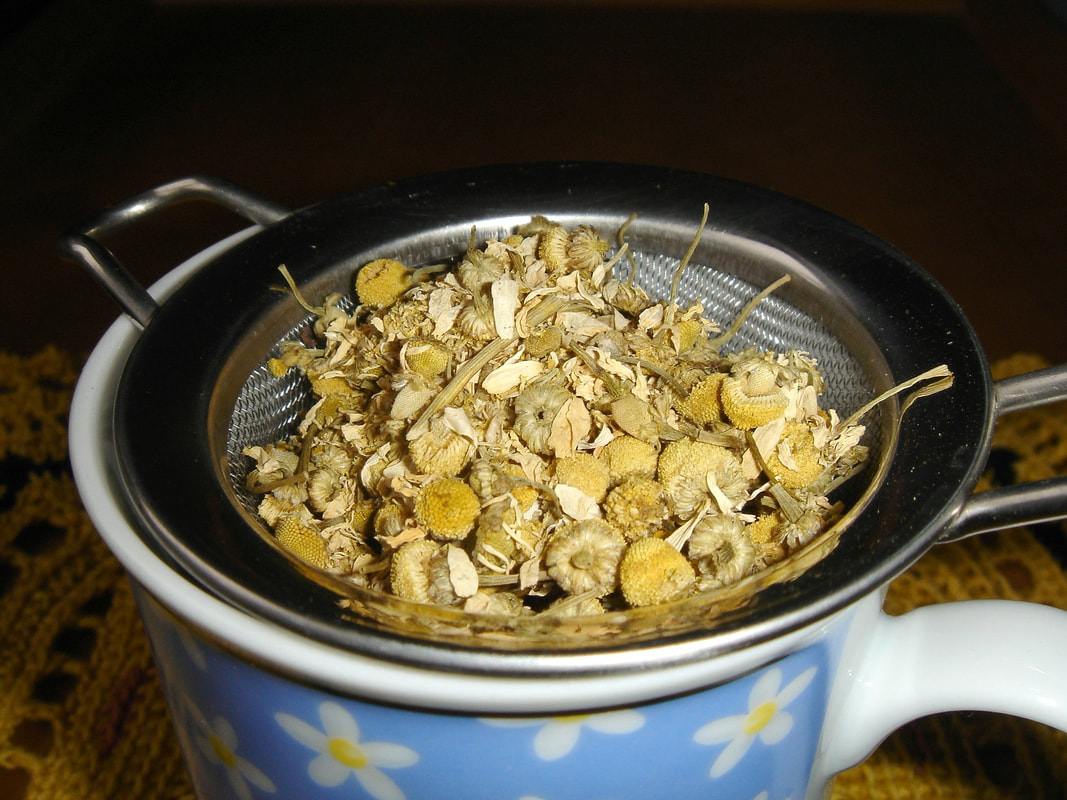
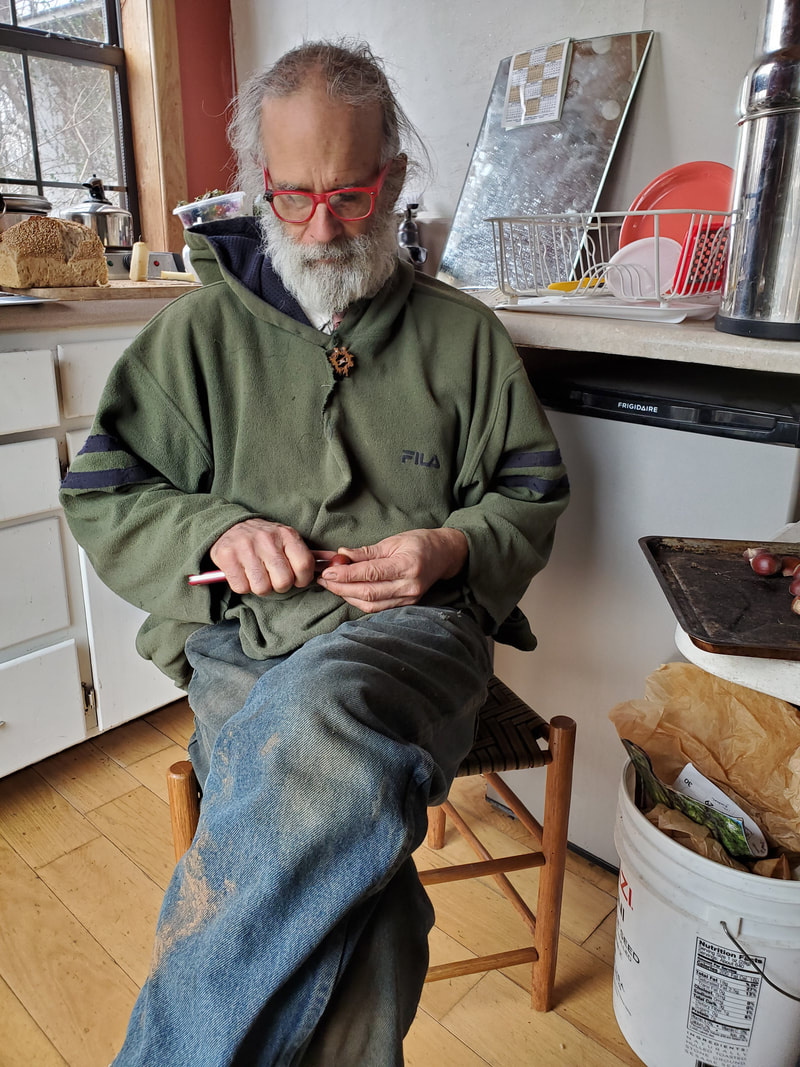
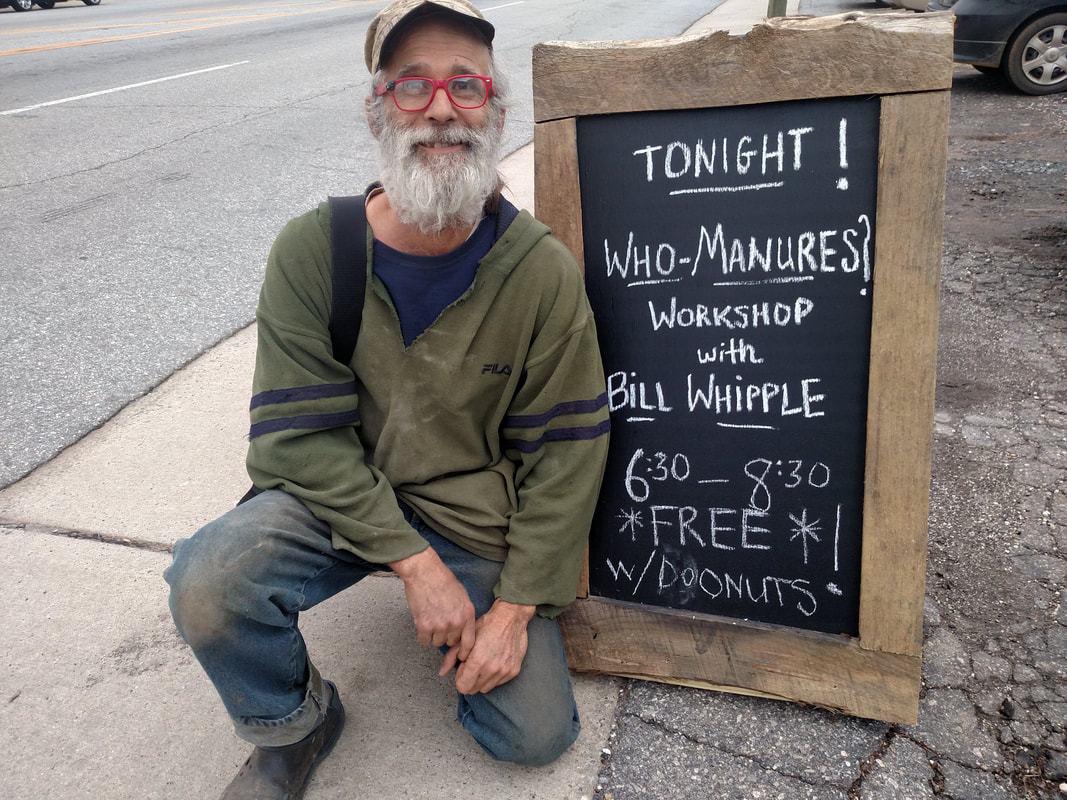
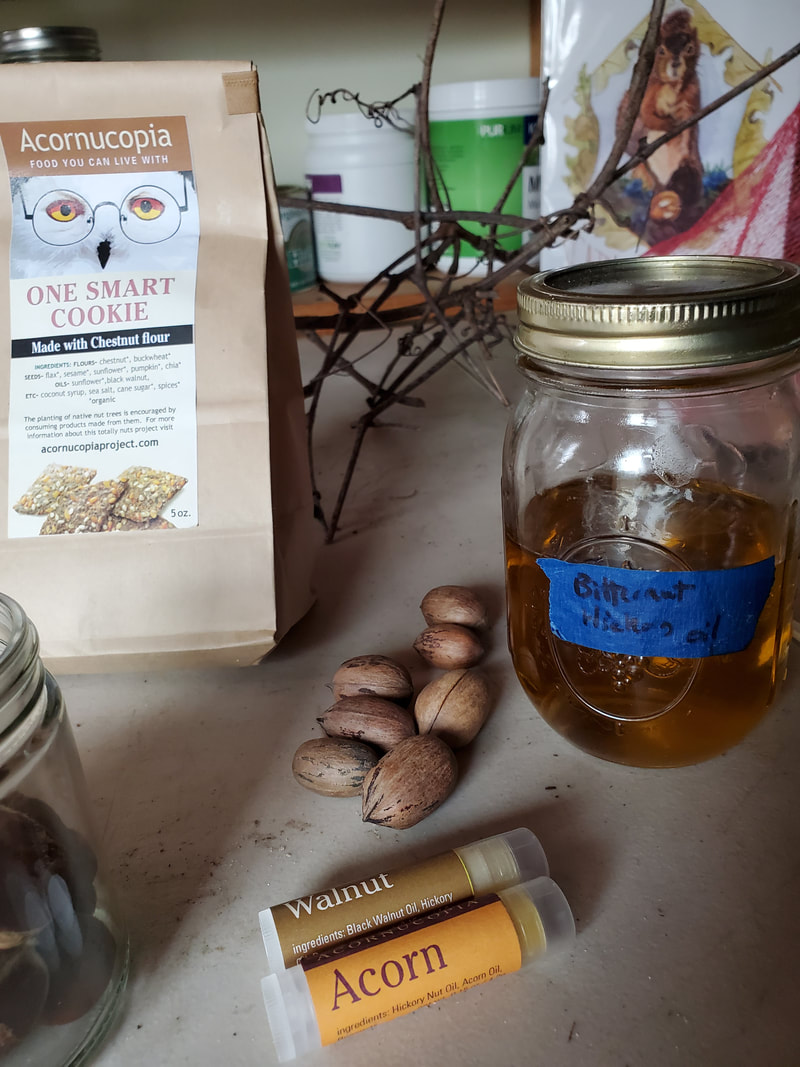
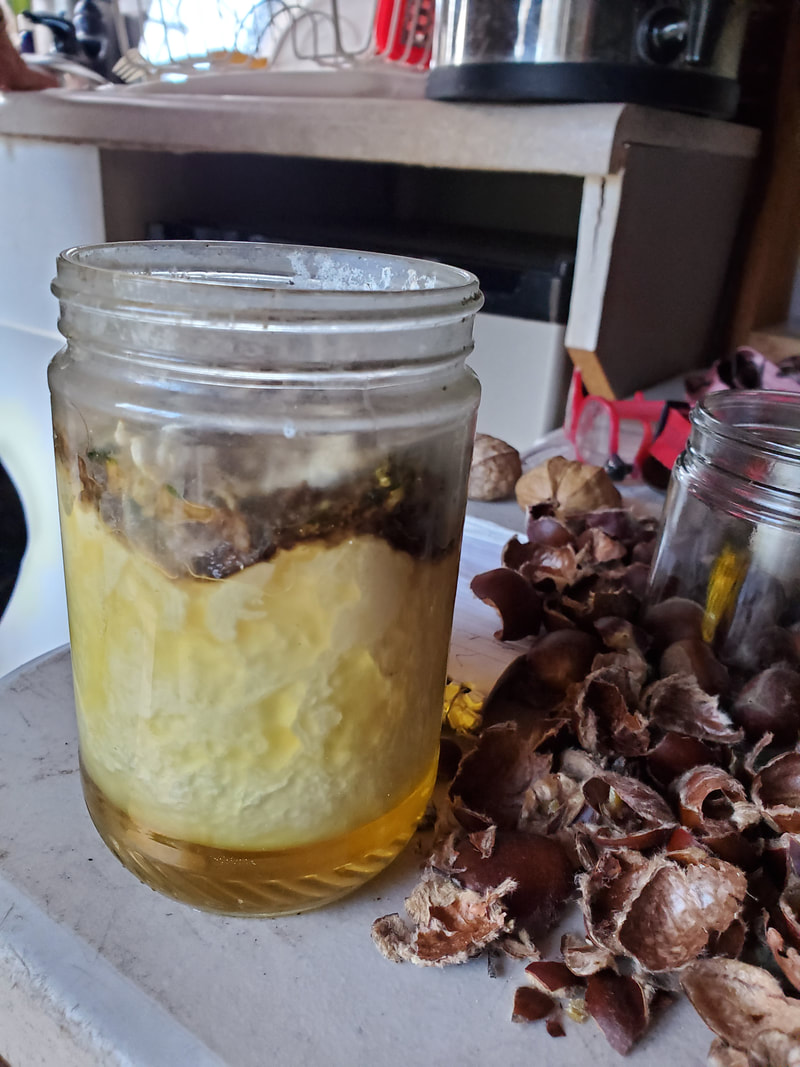
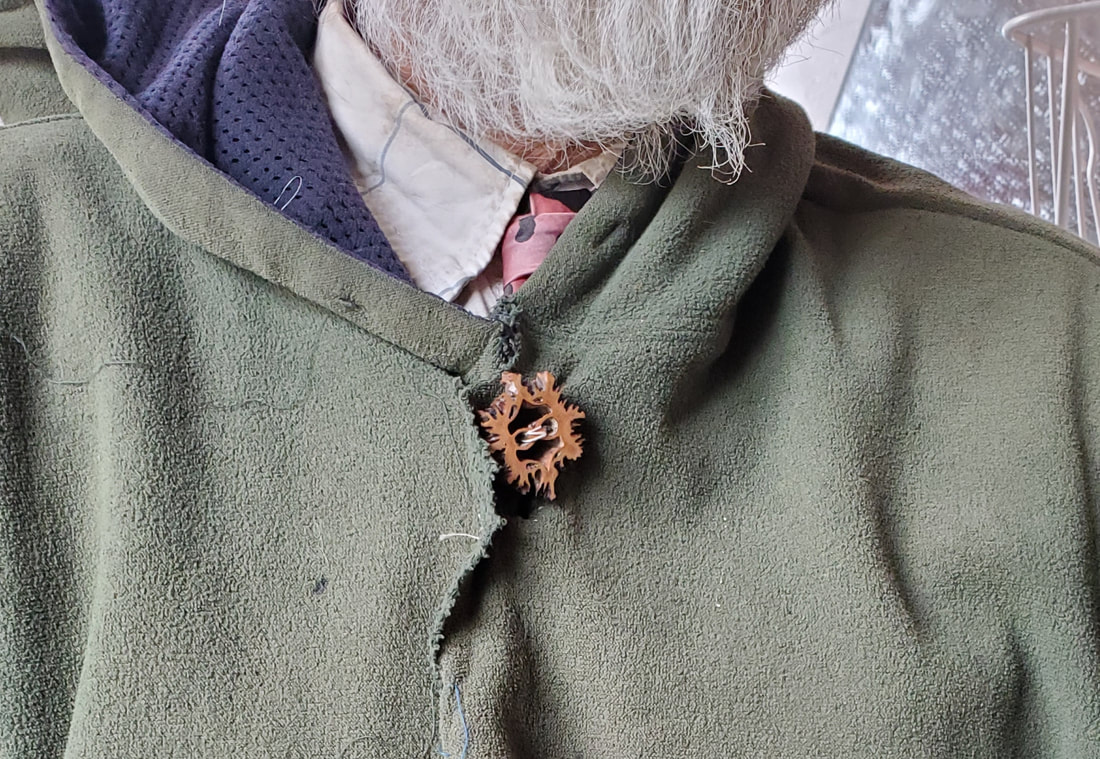
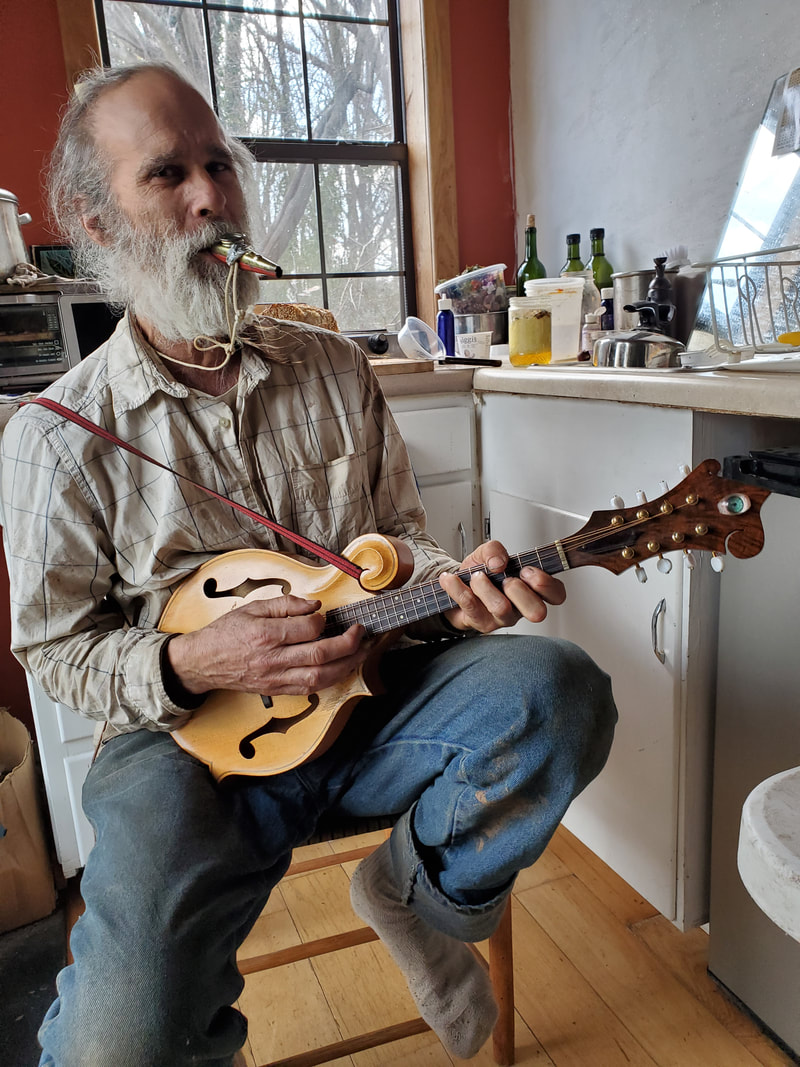
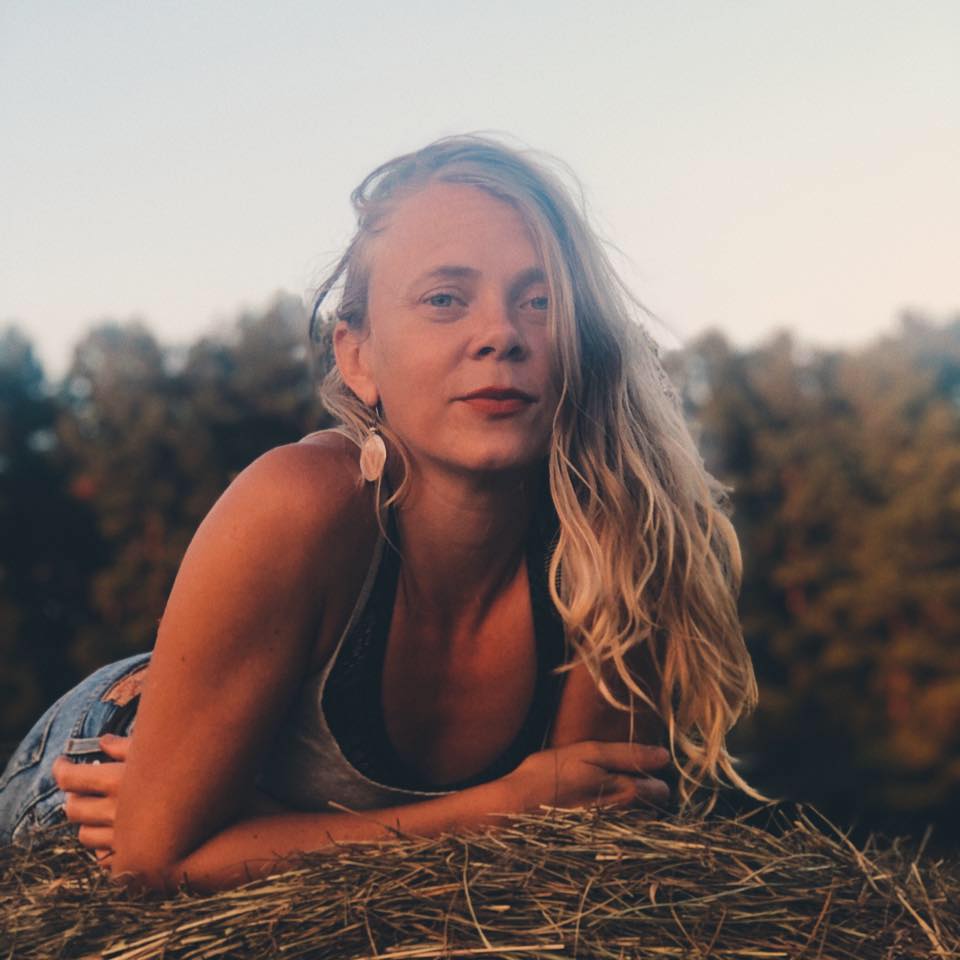
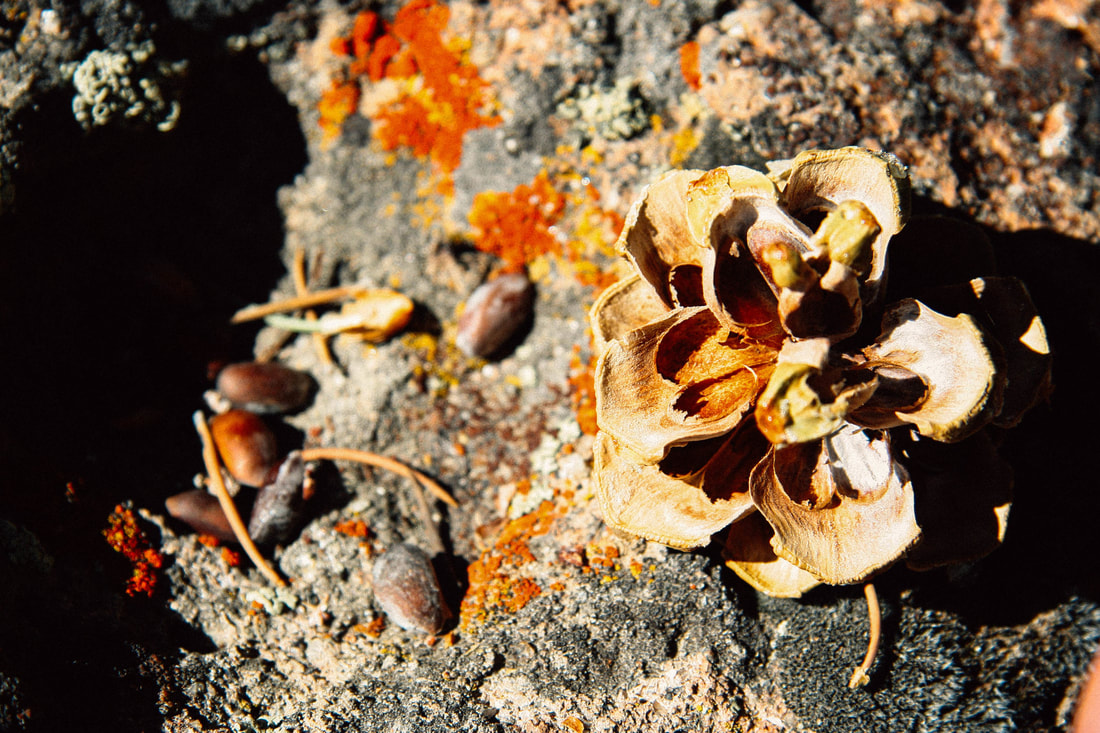
 RSS Feed
RSS Feed